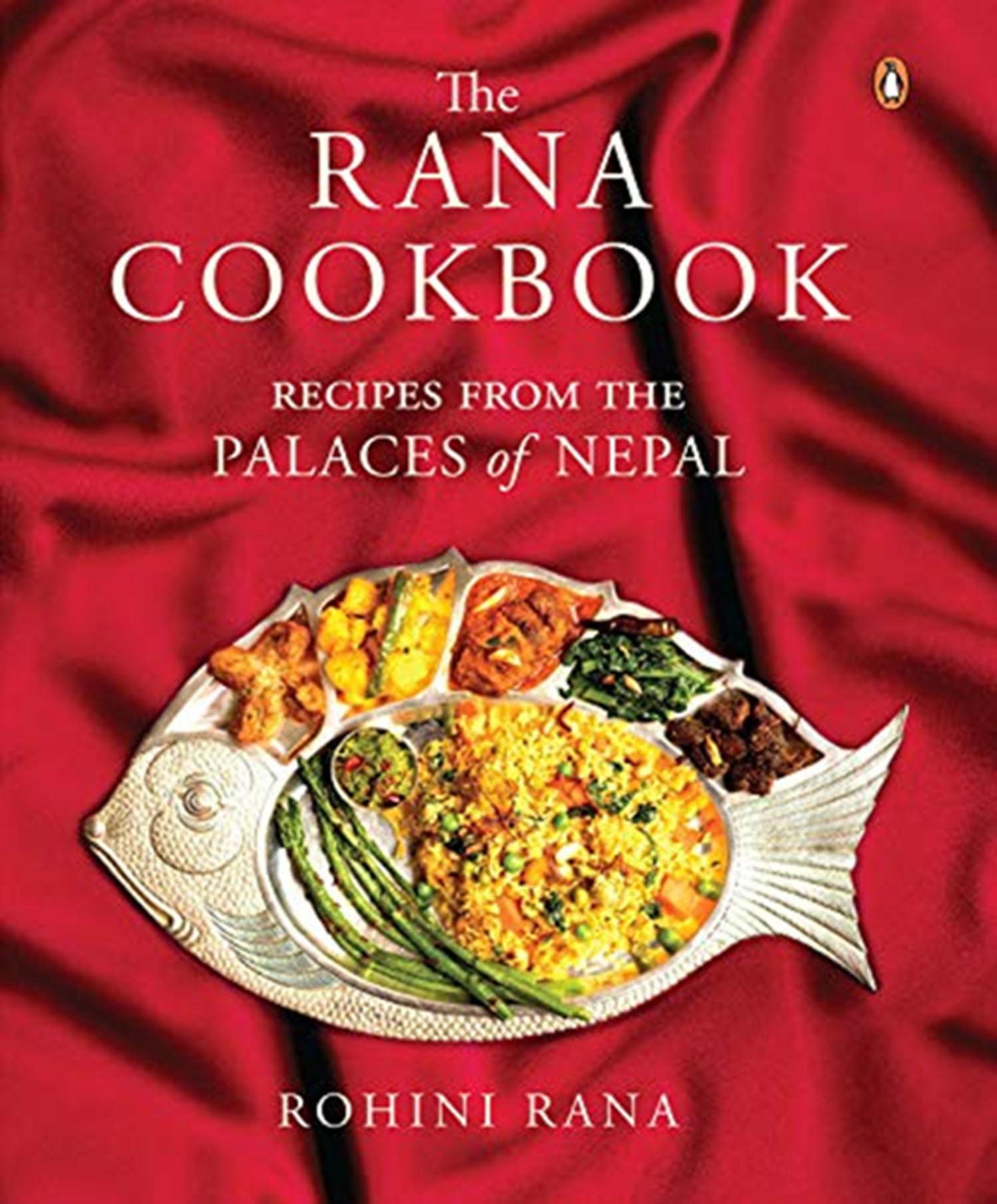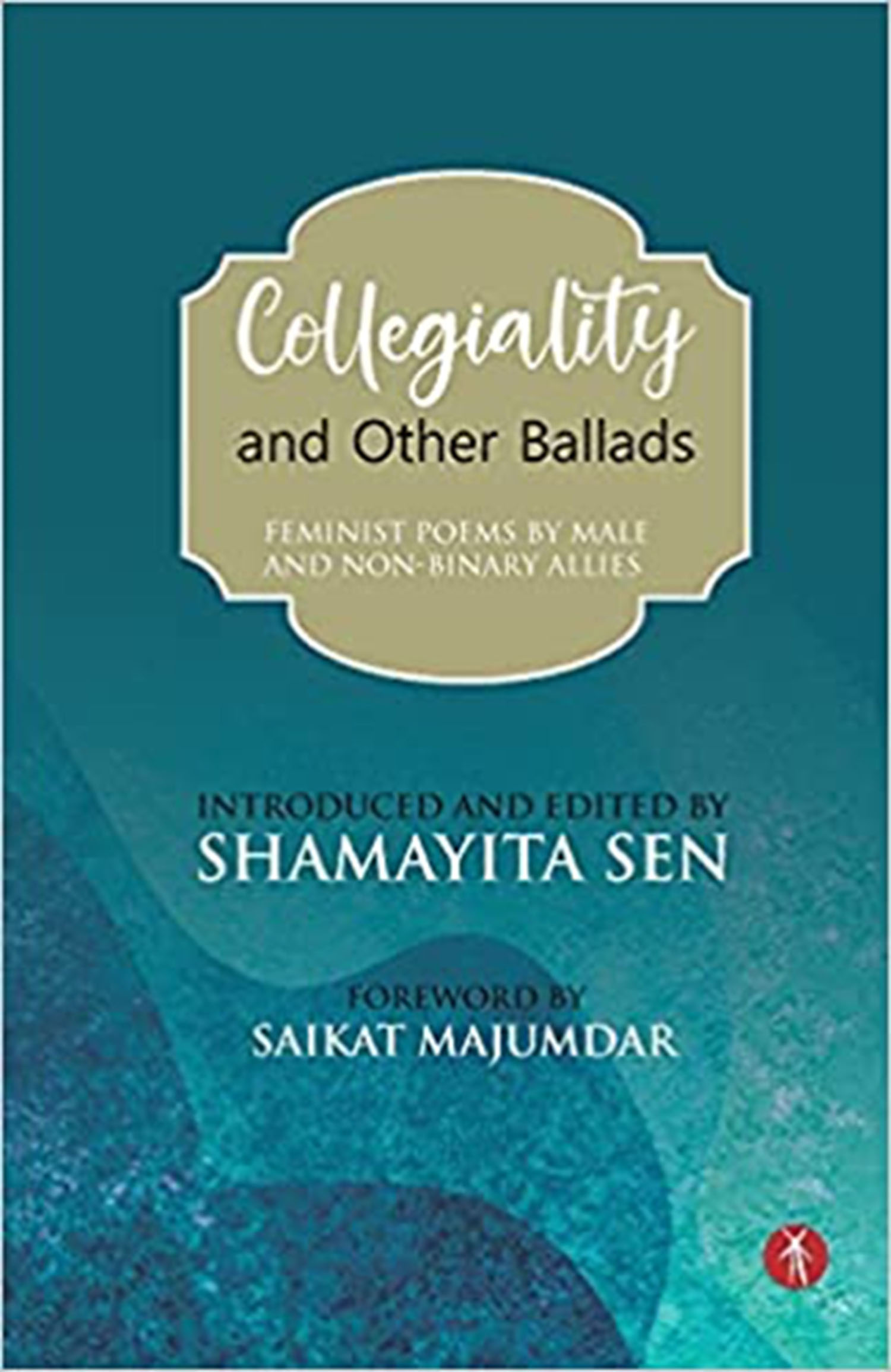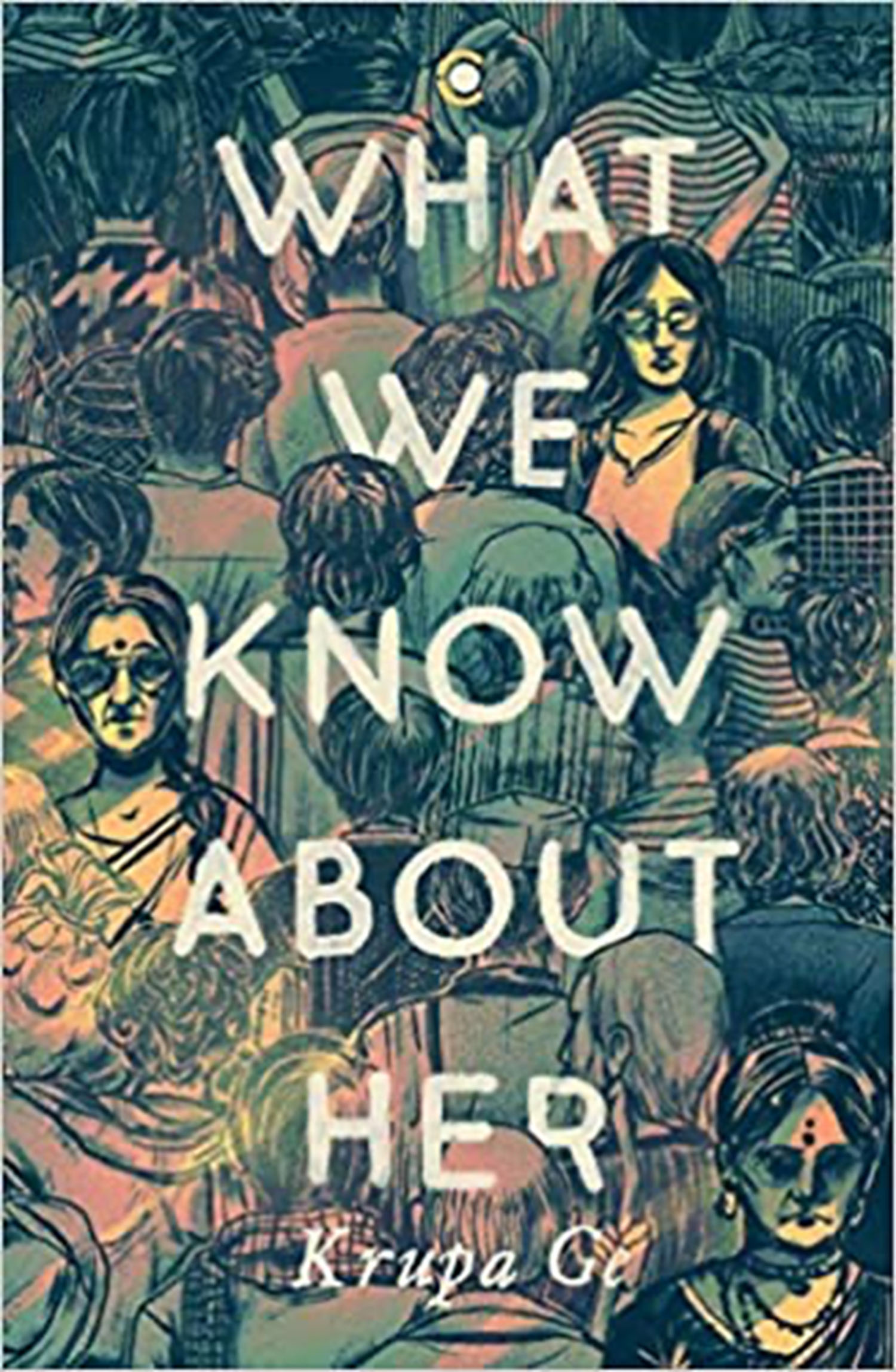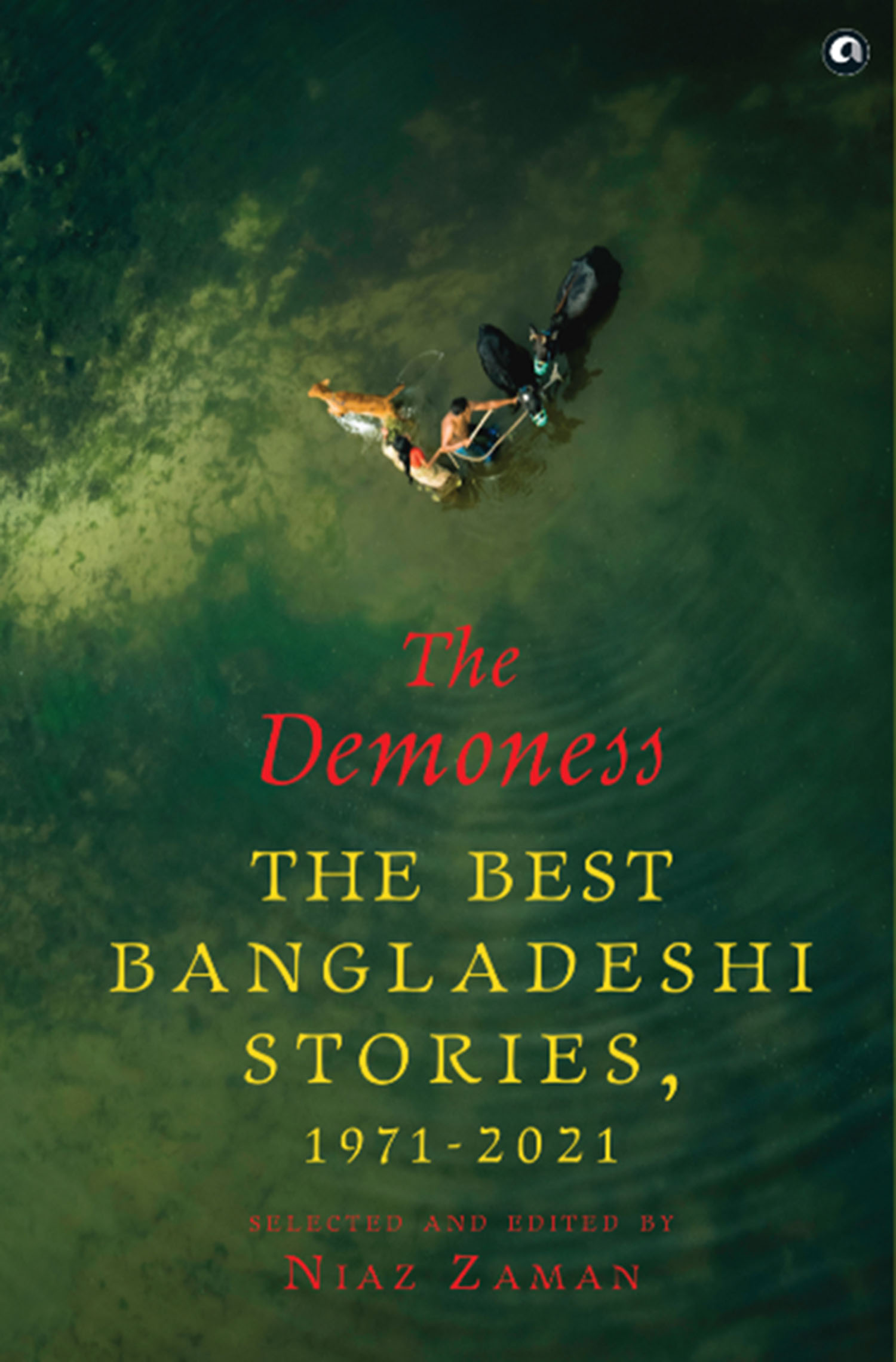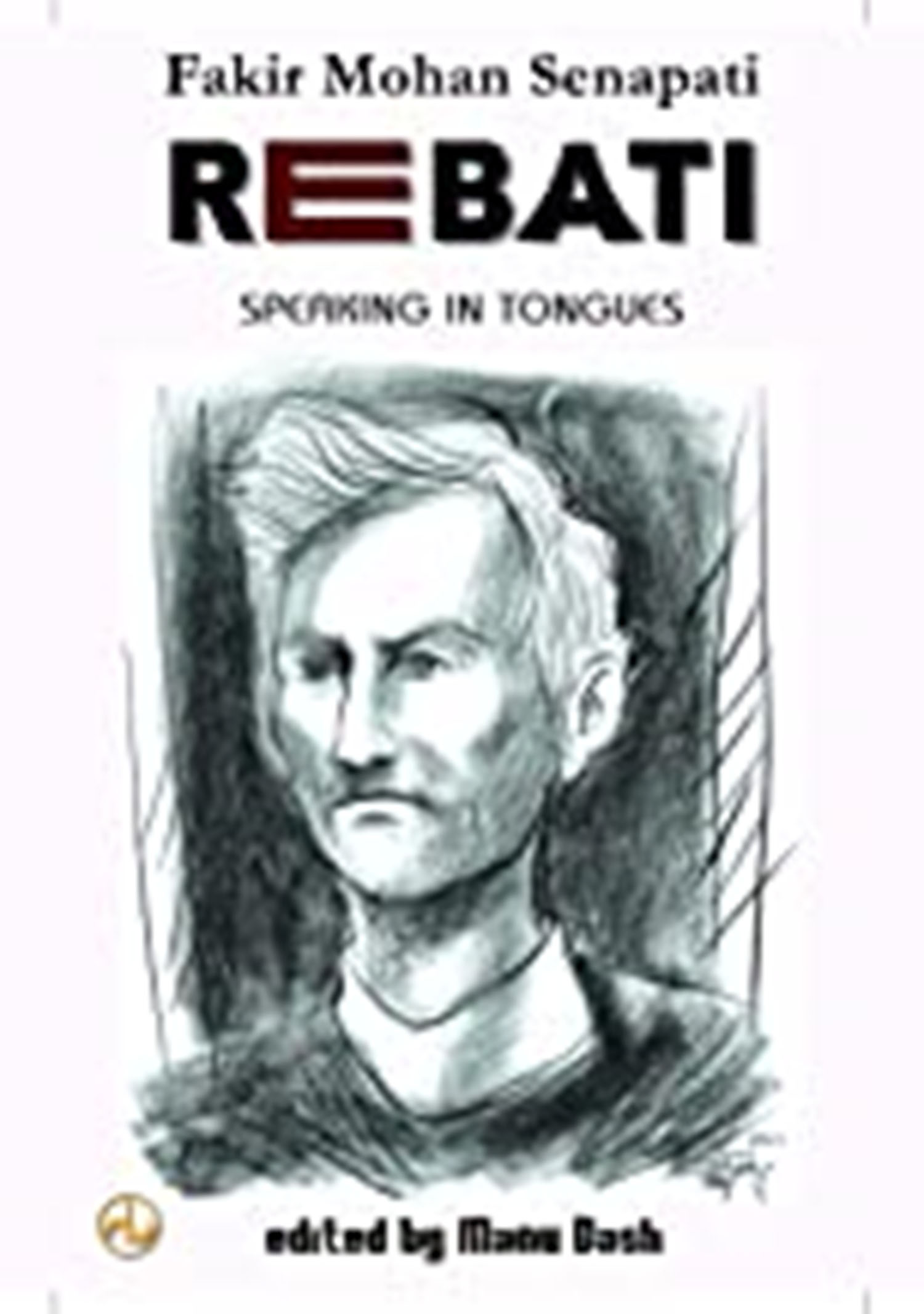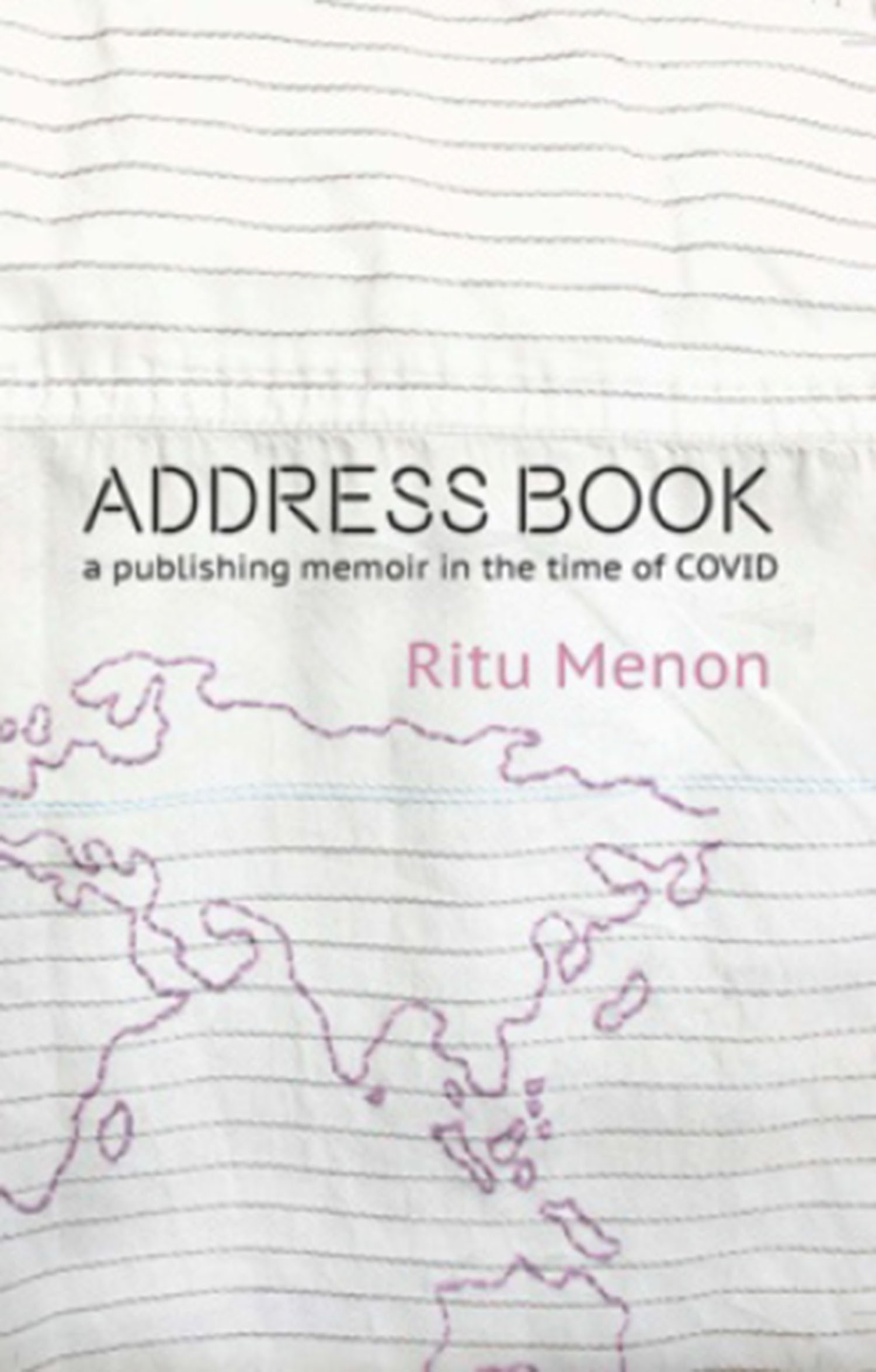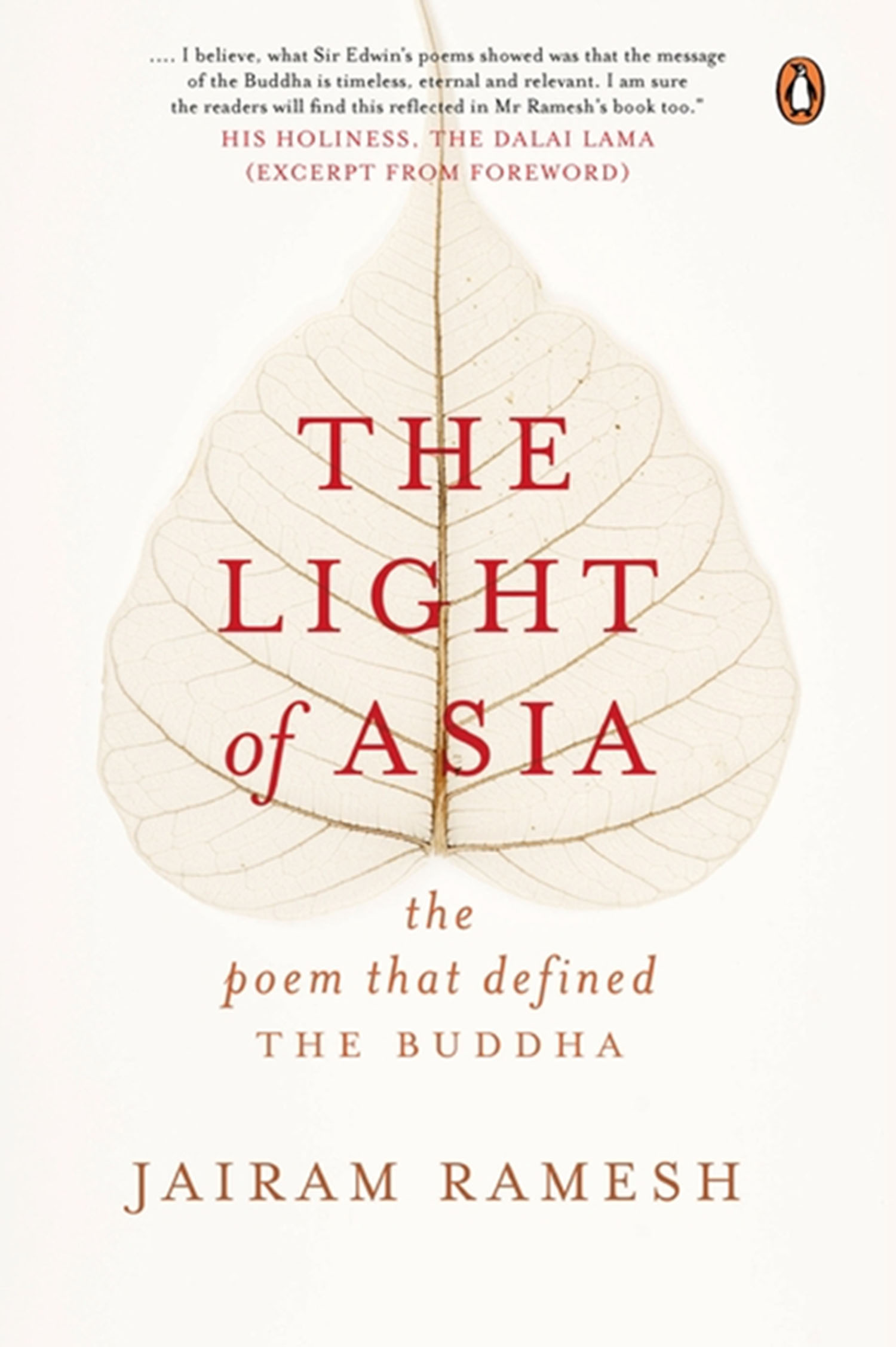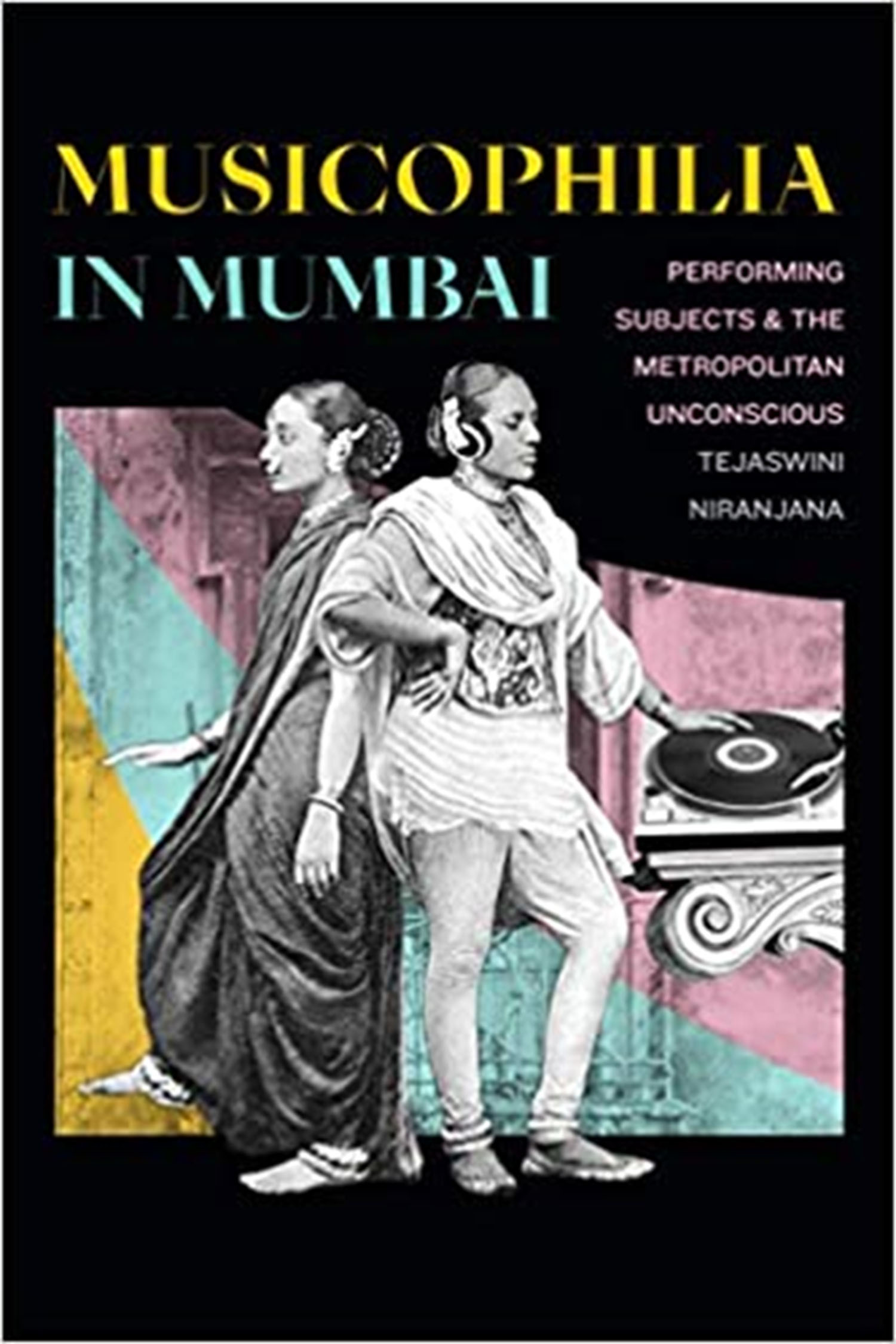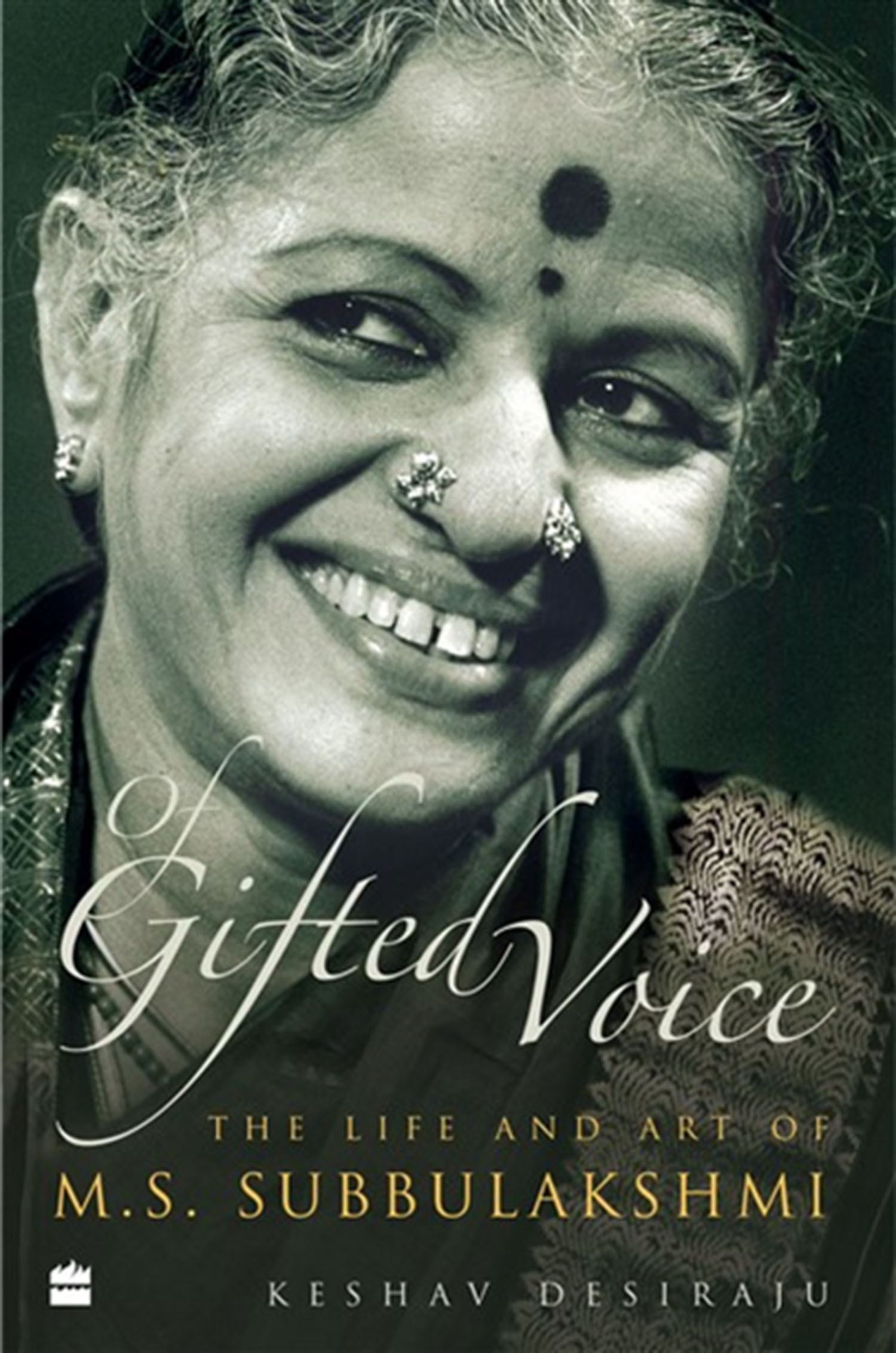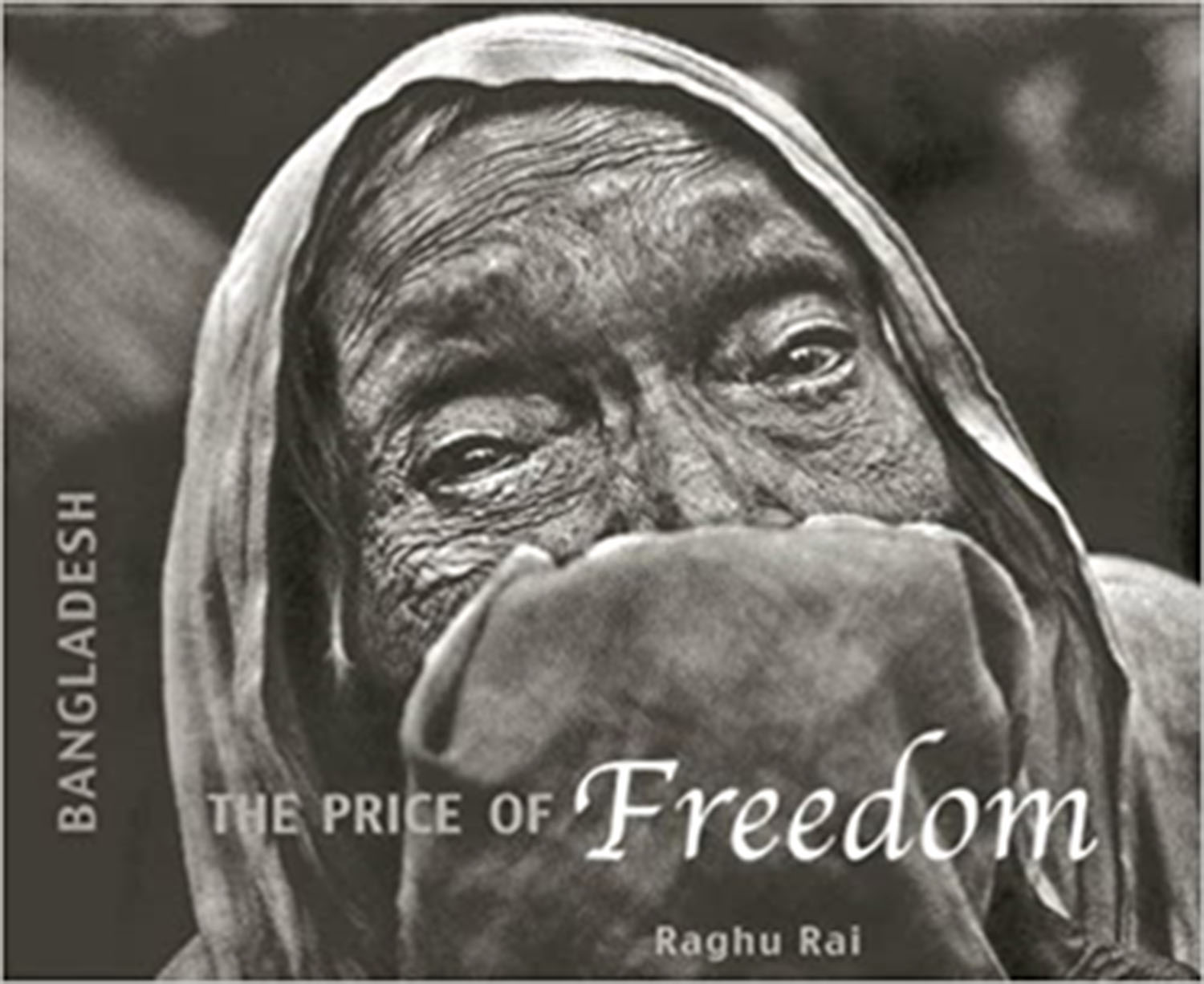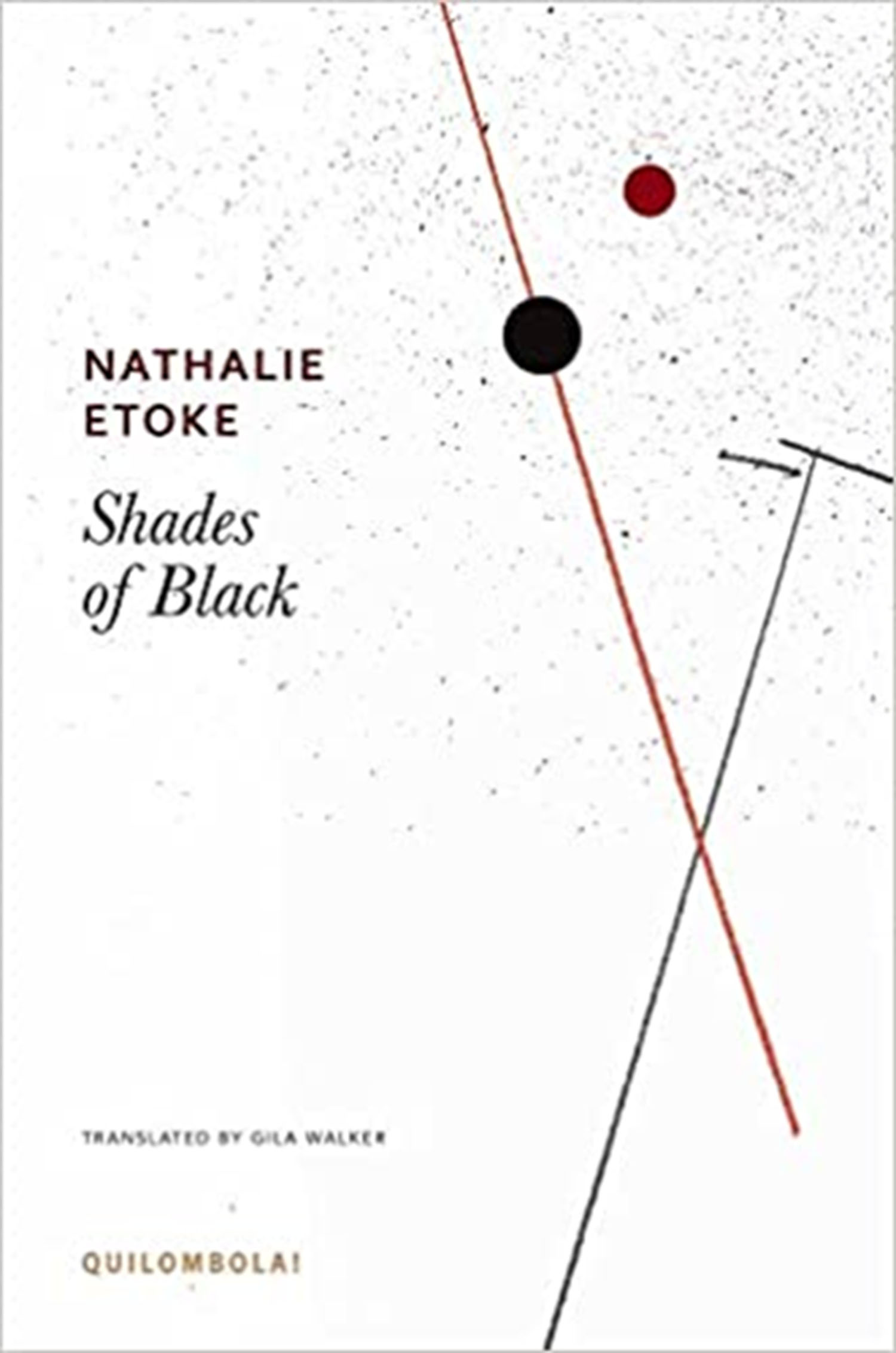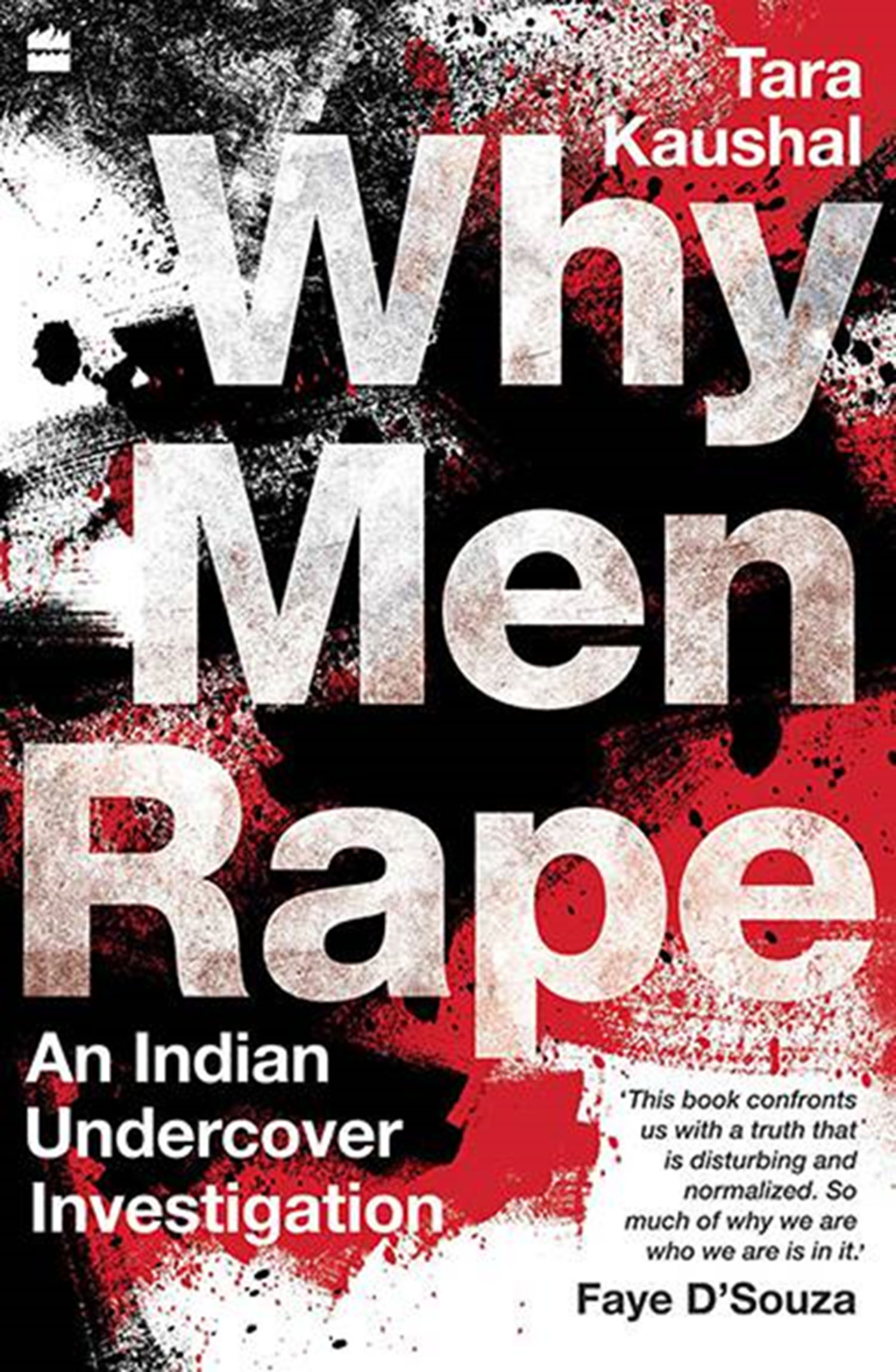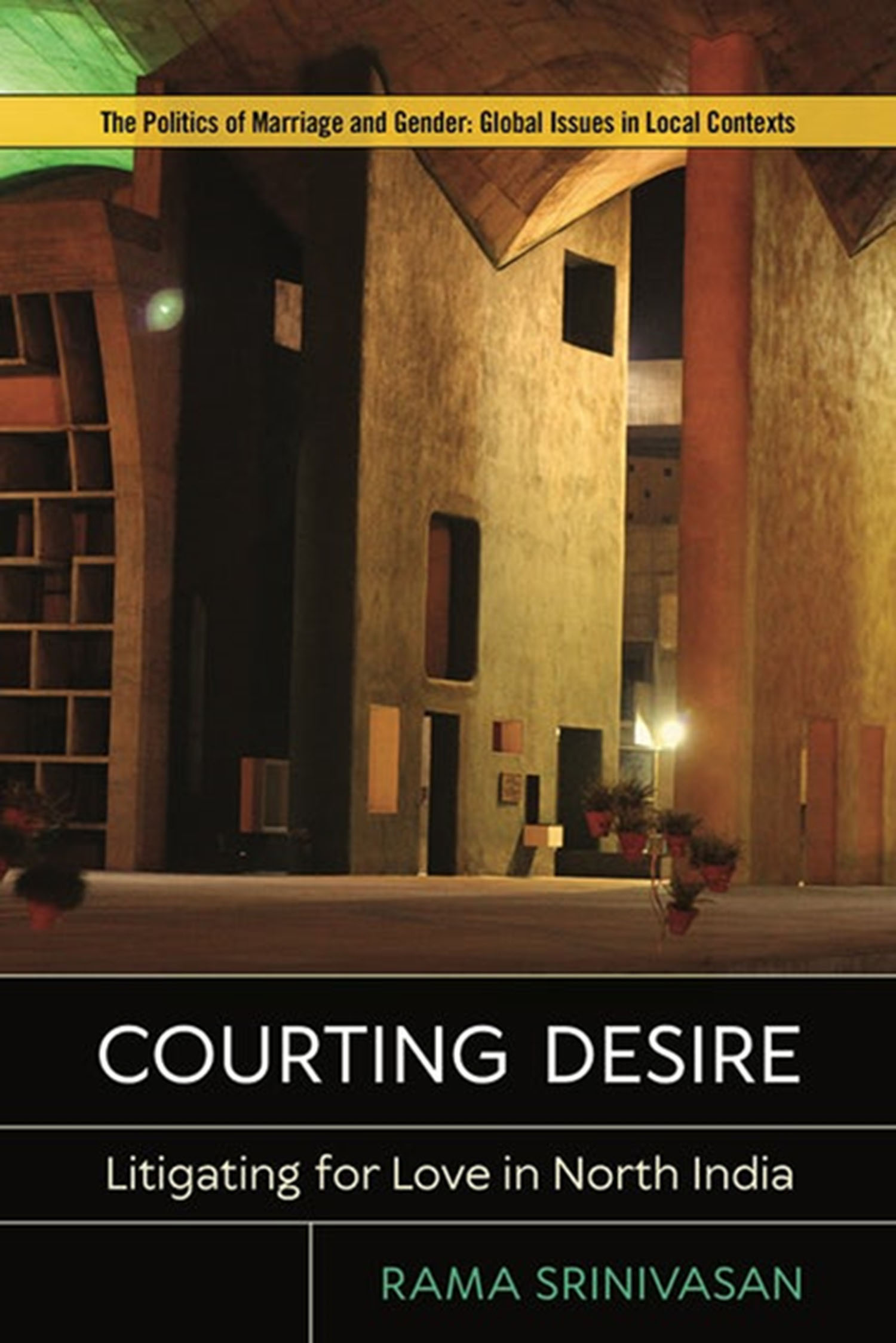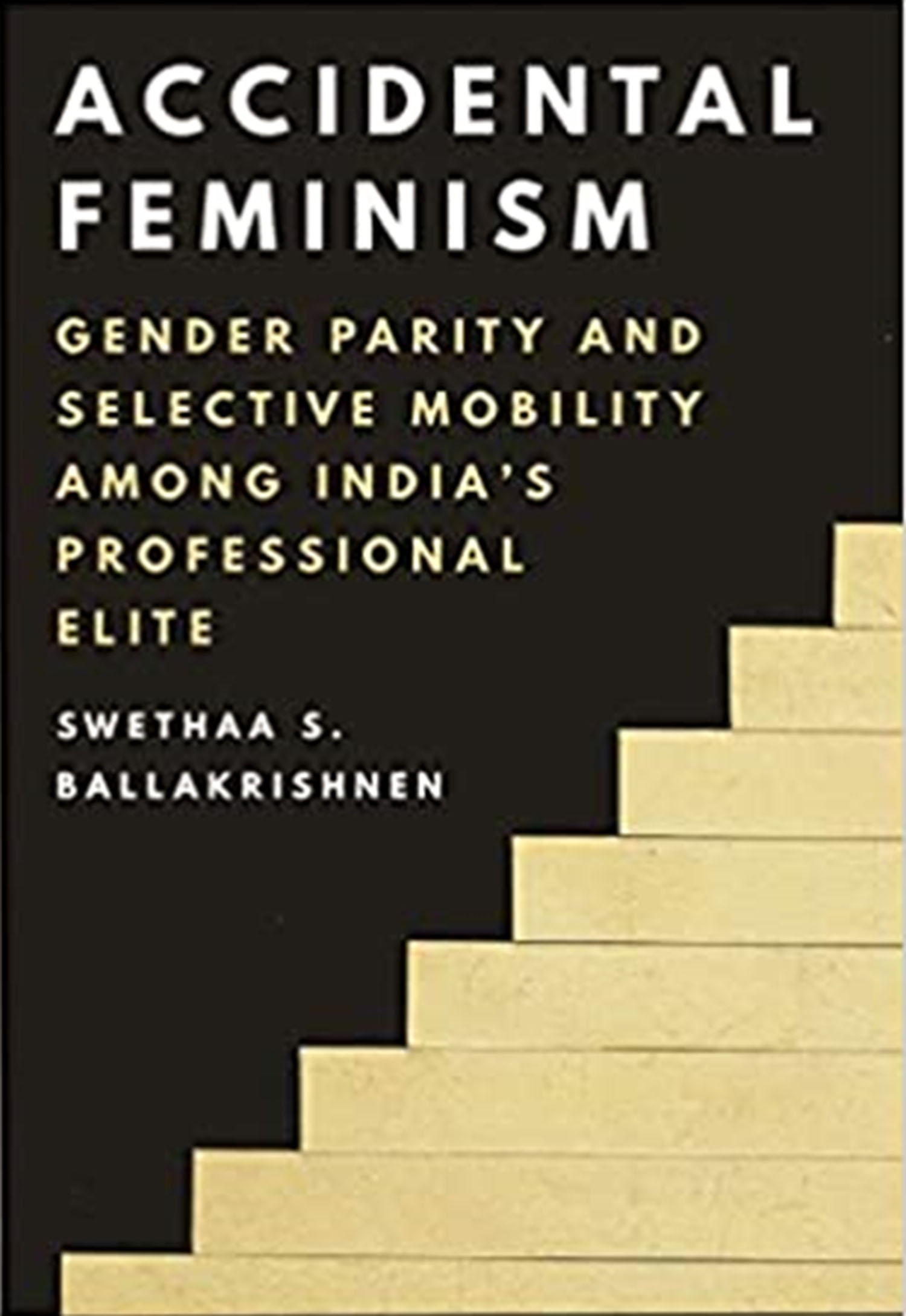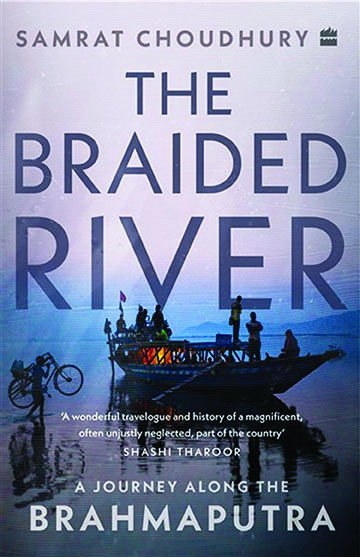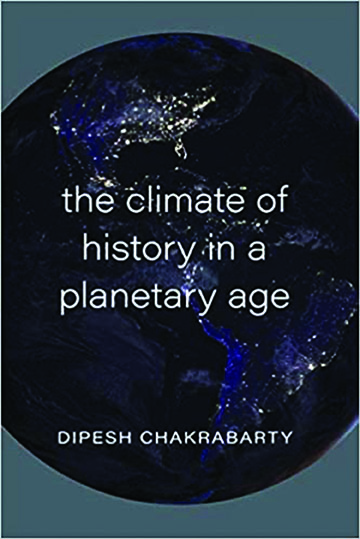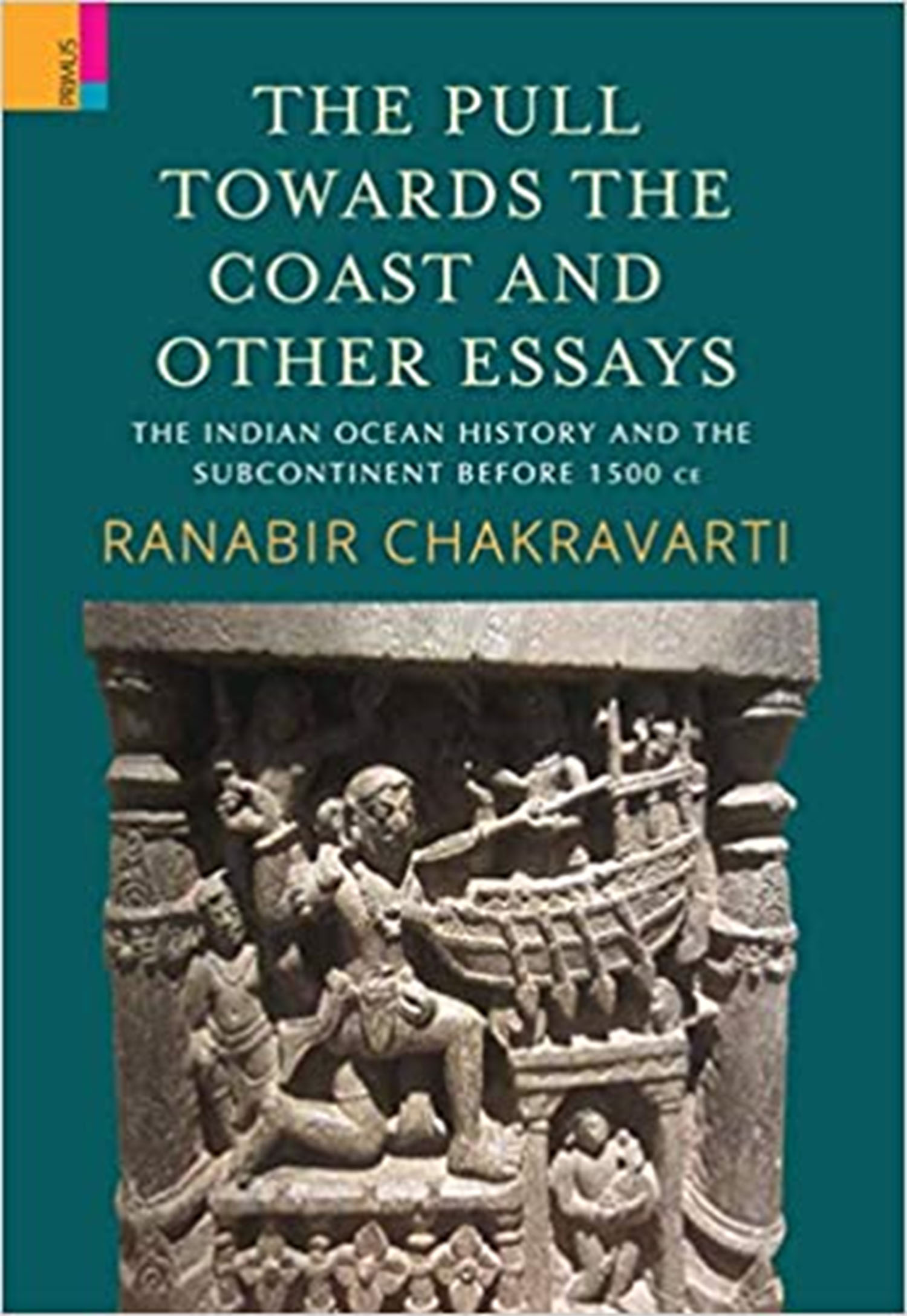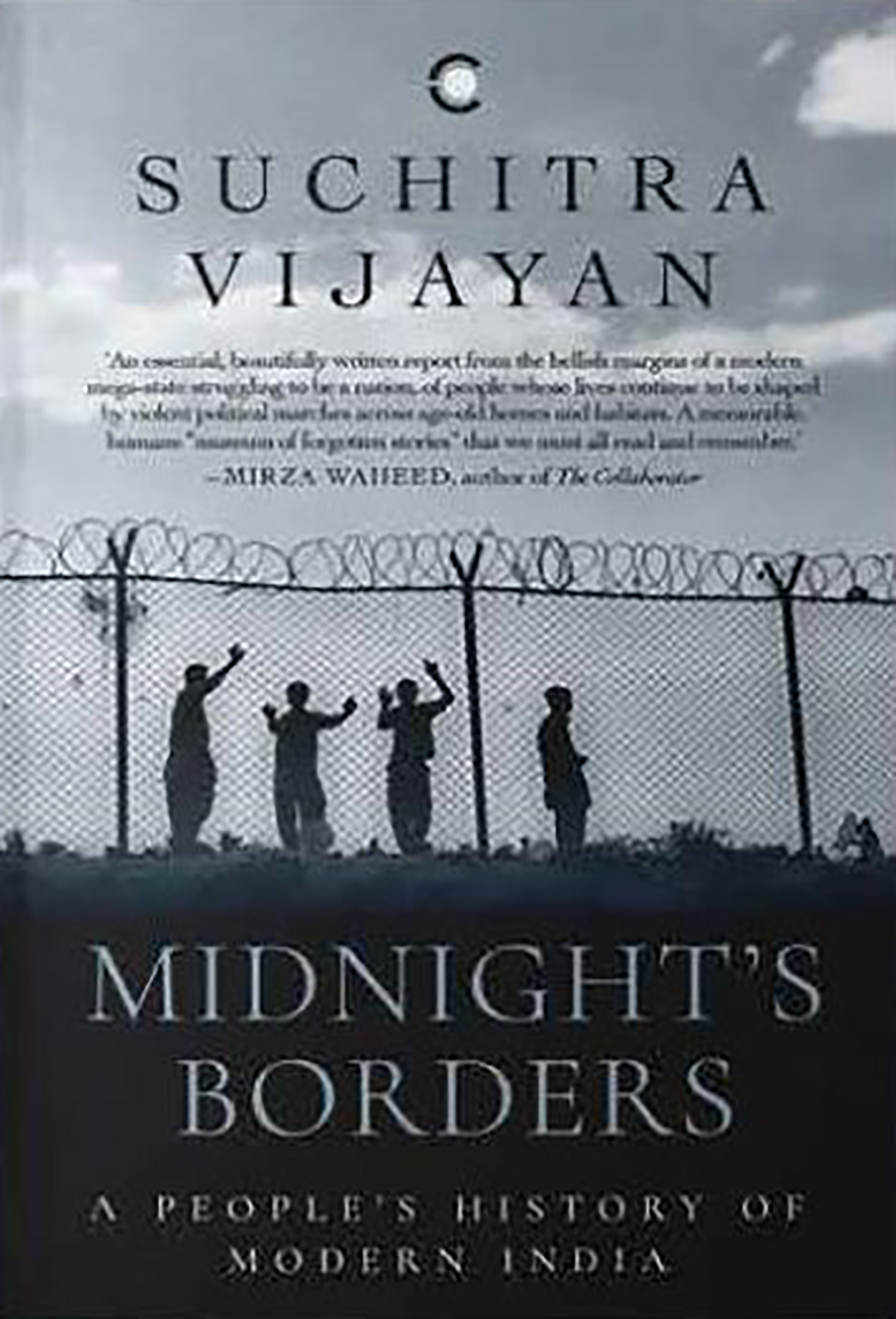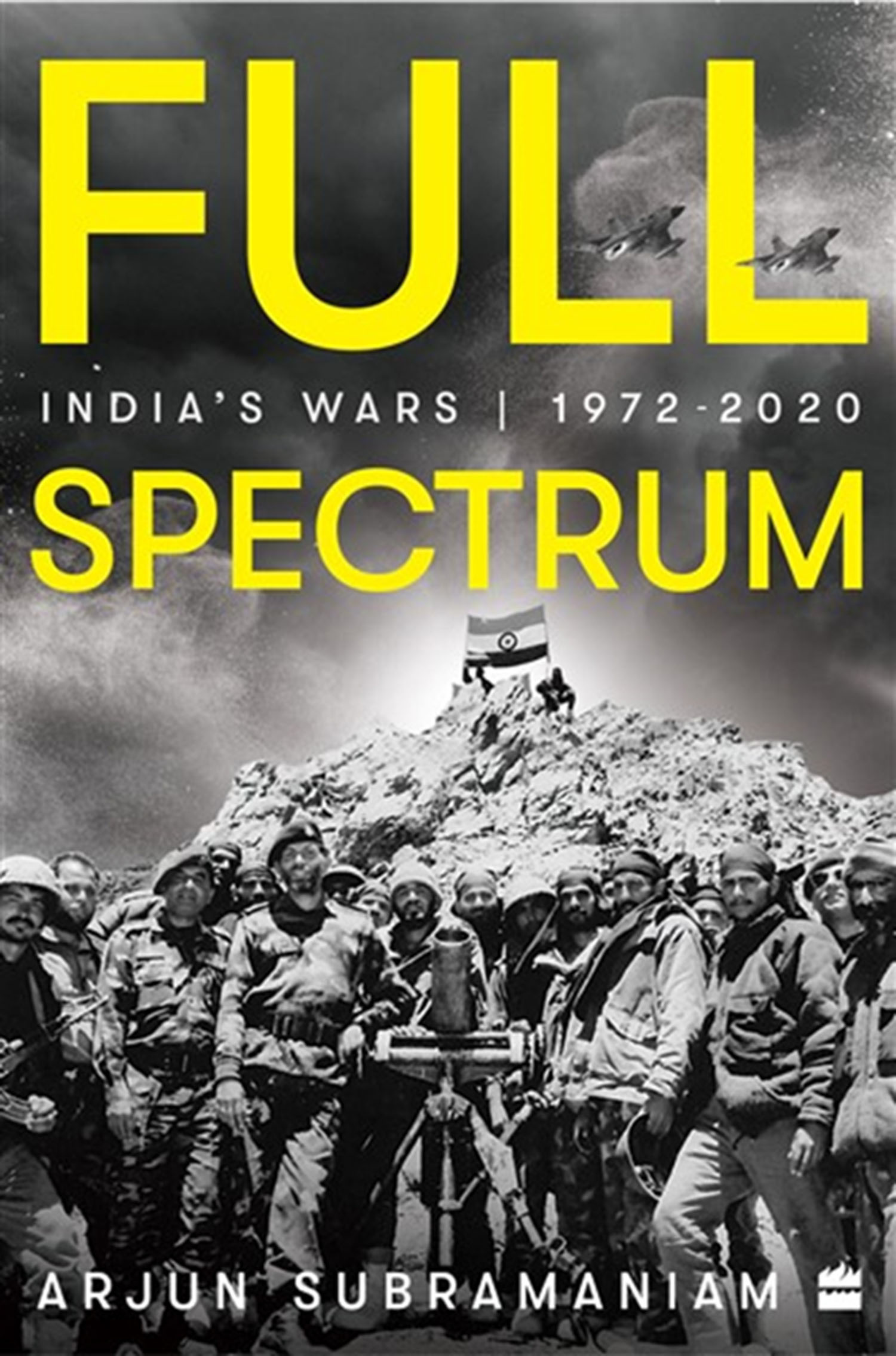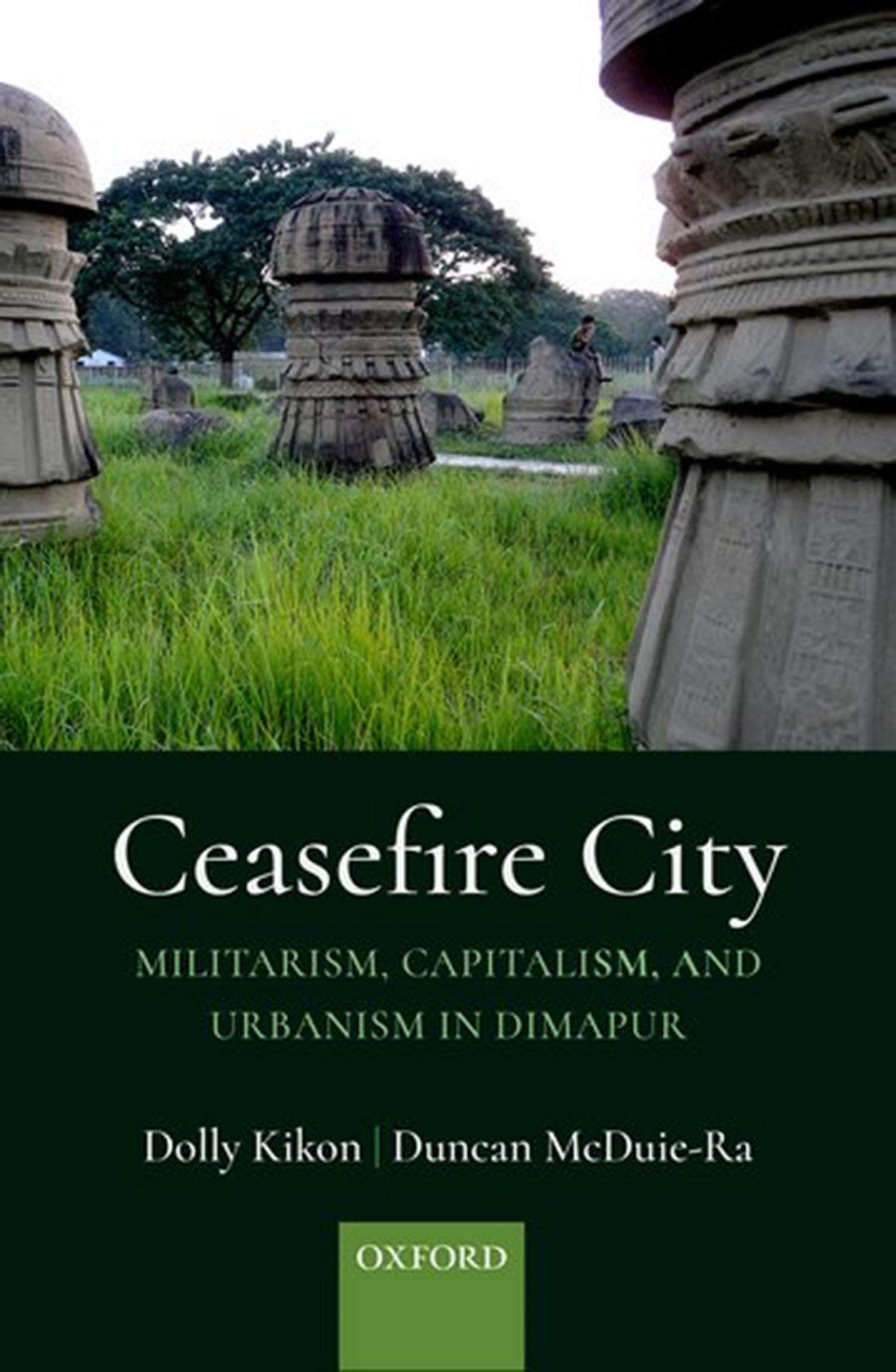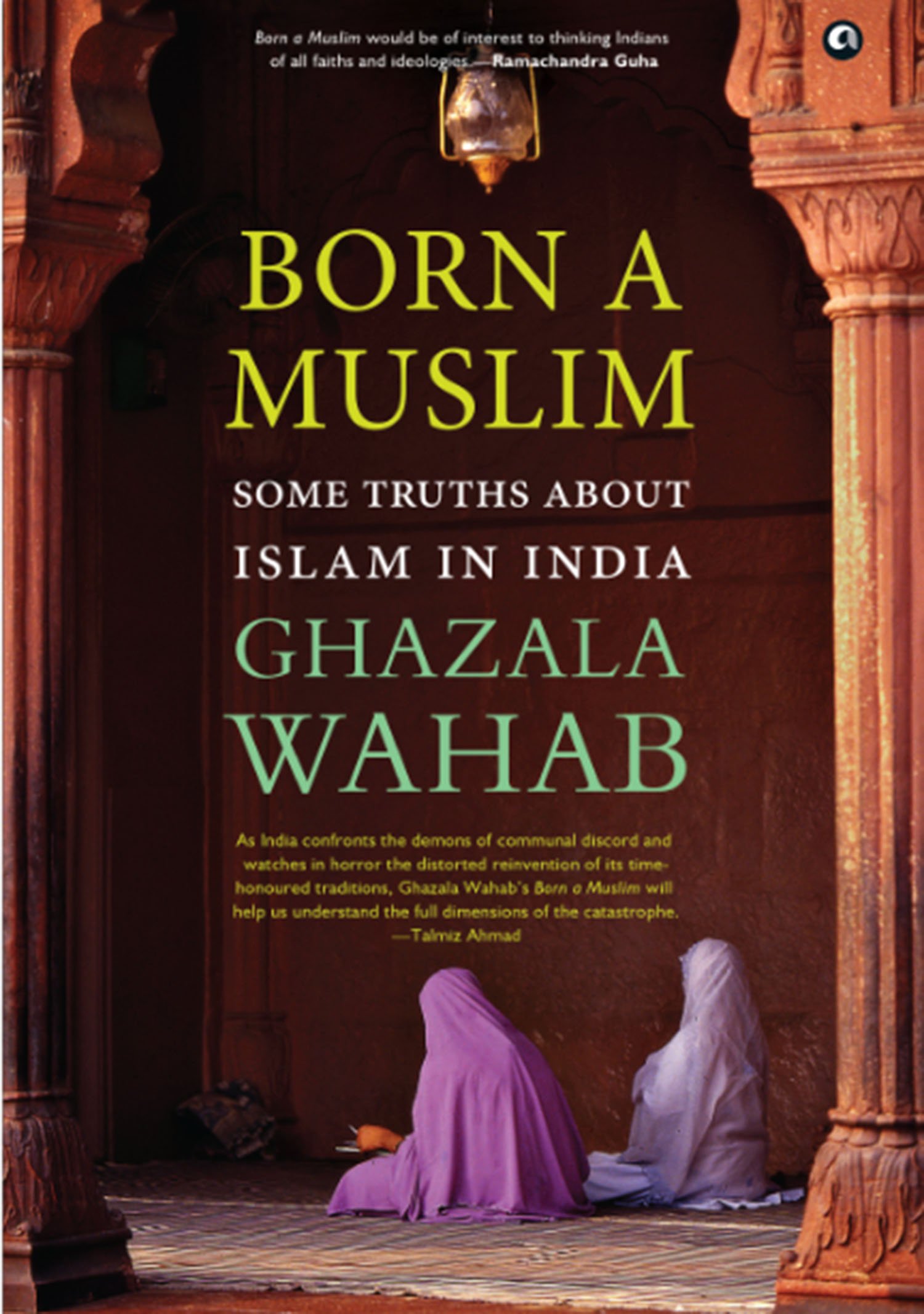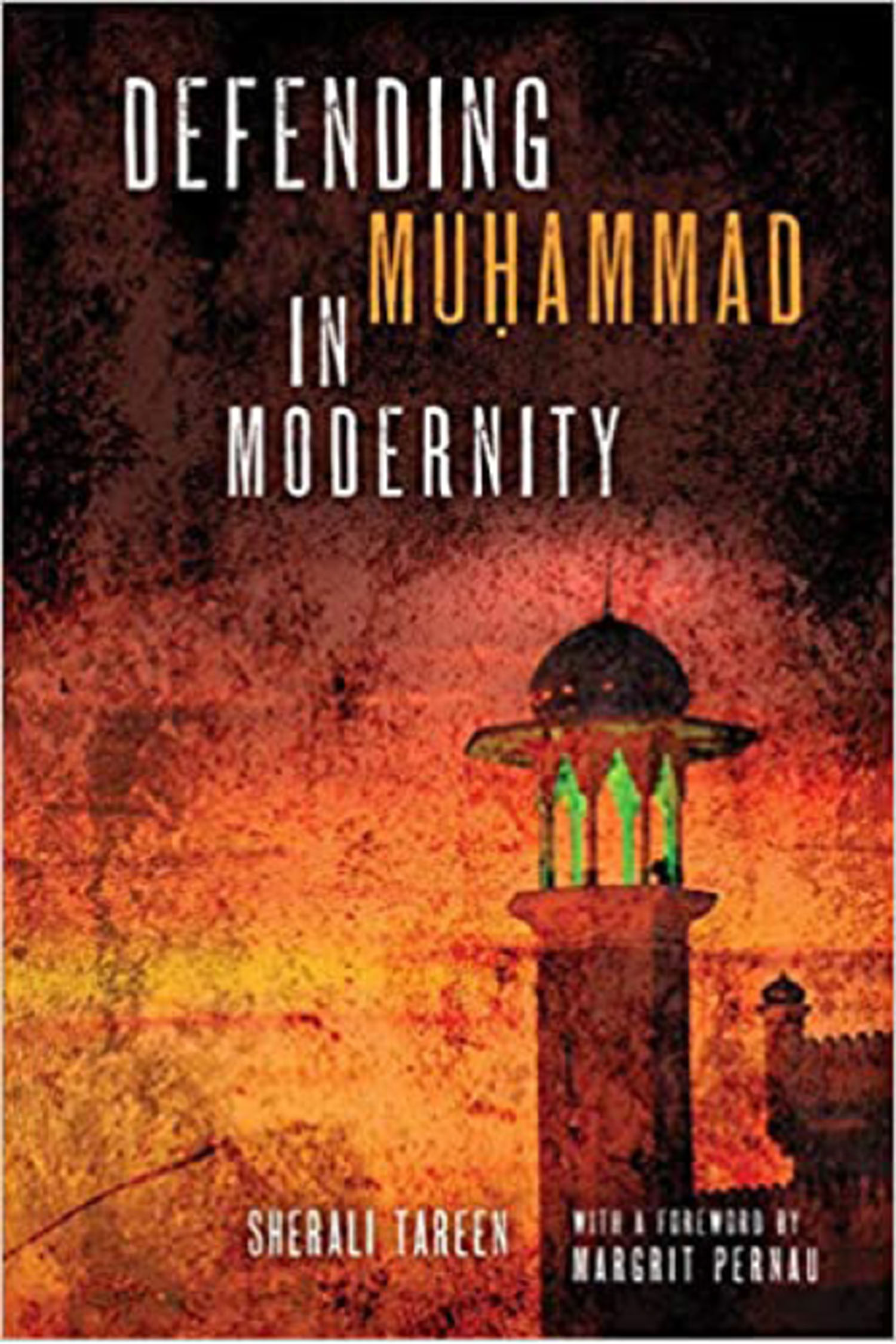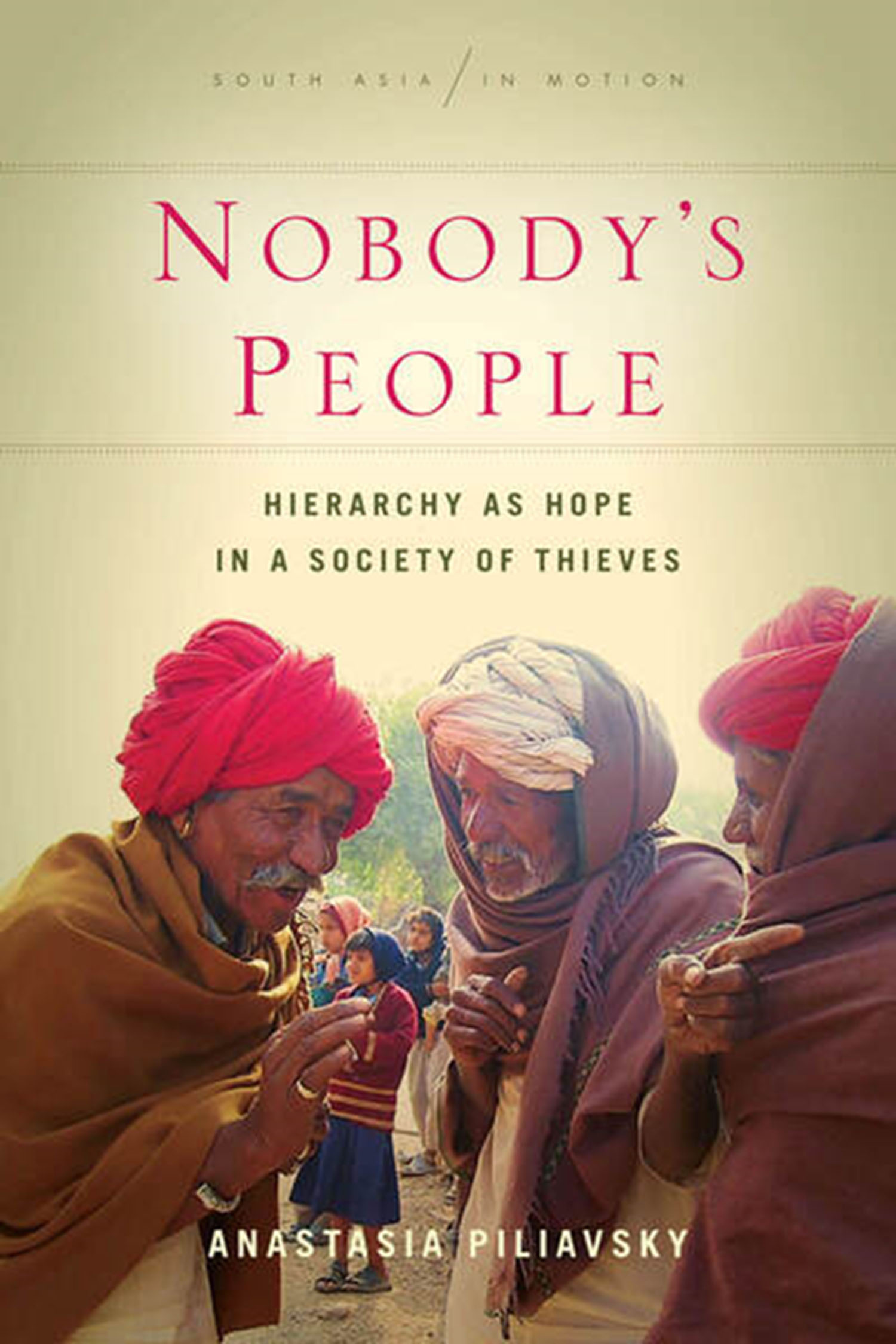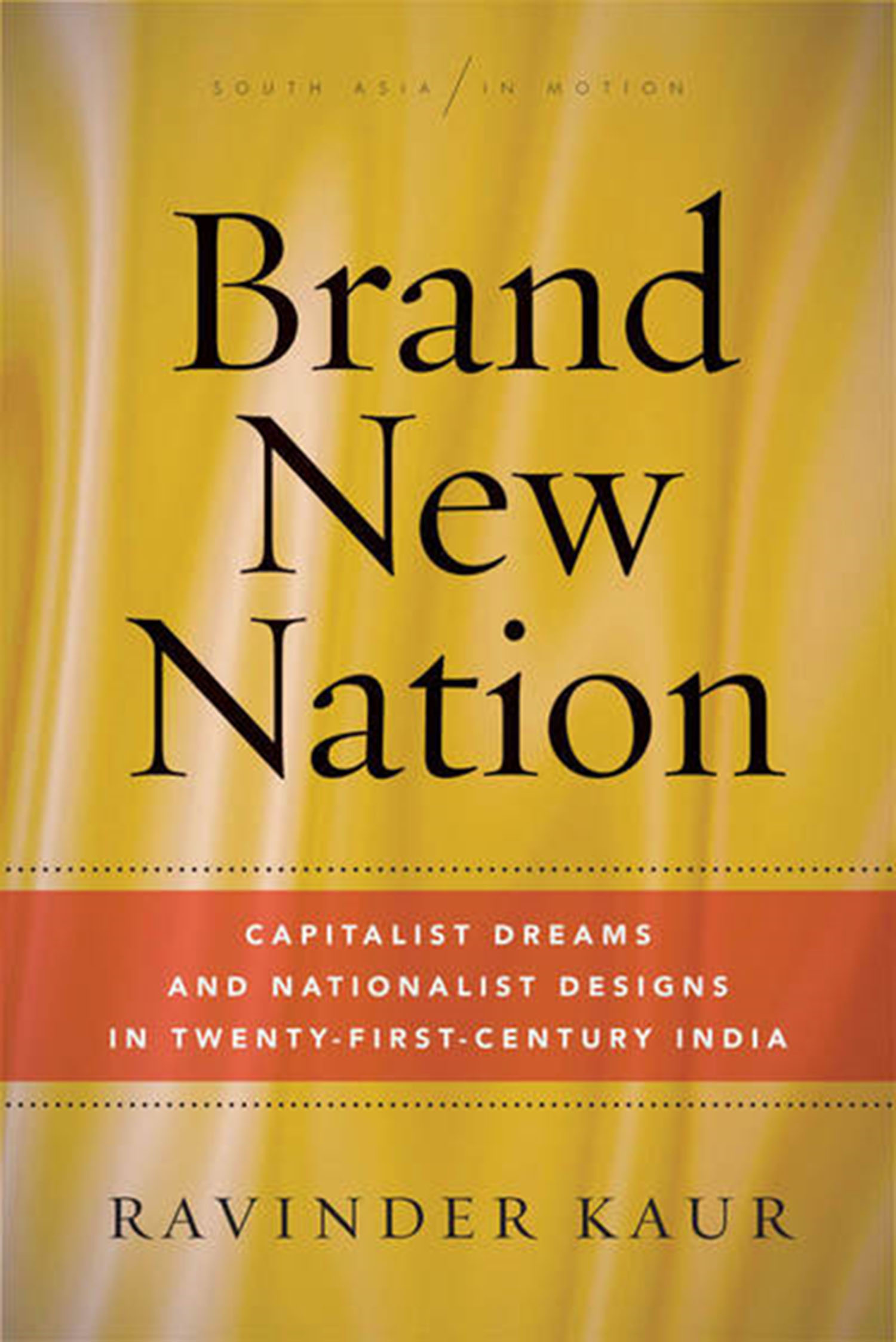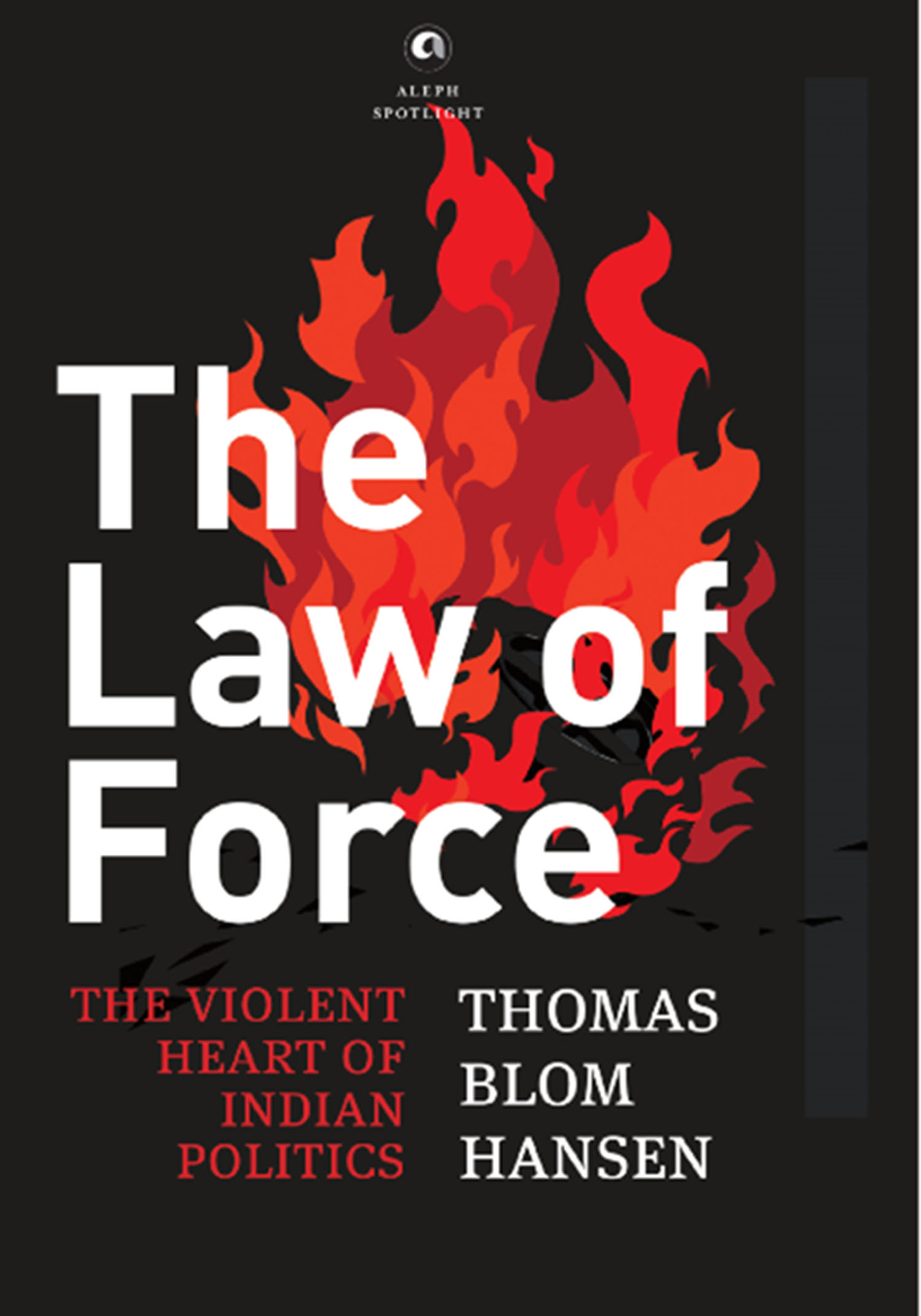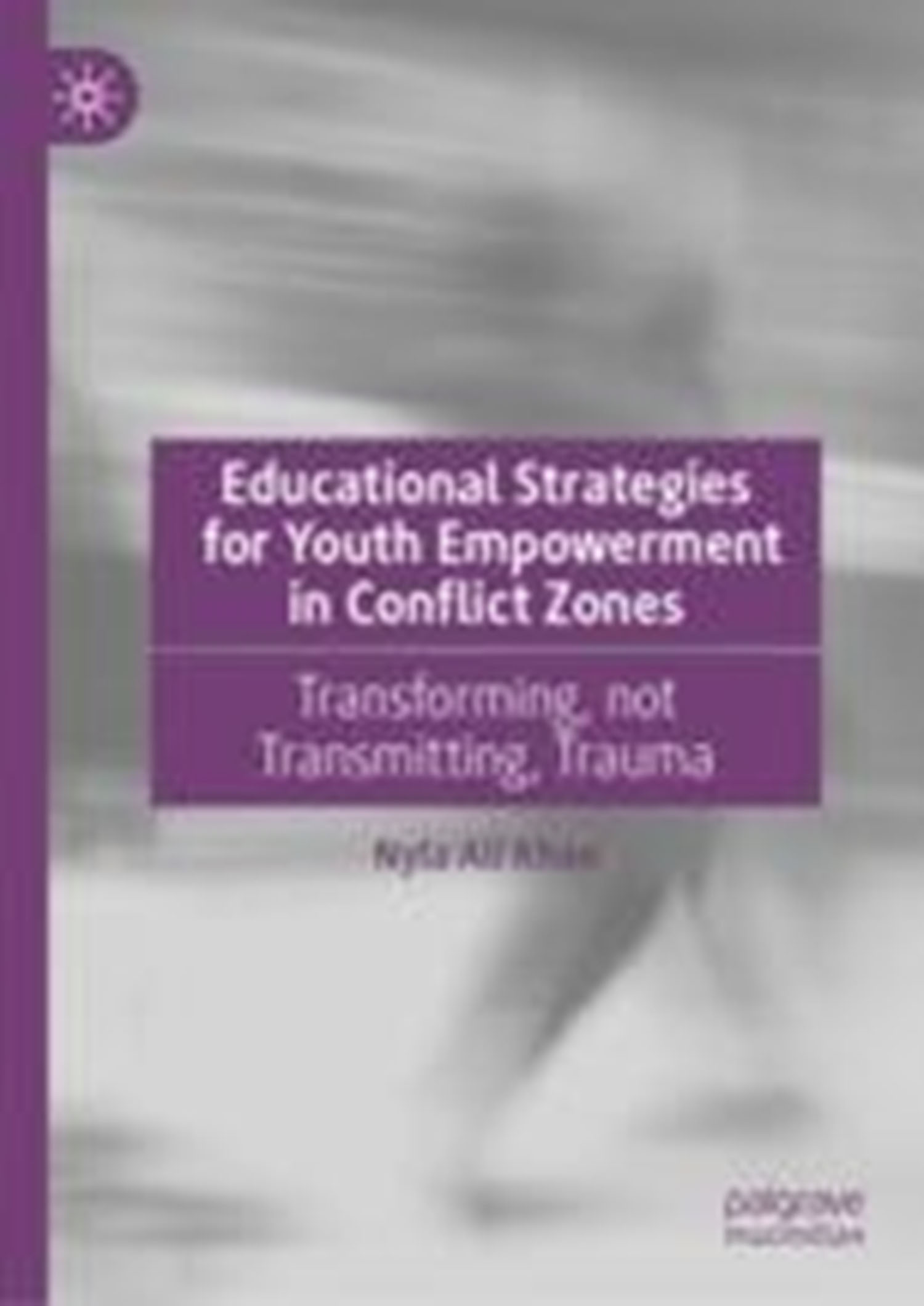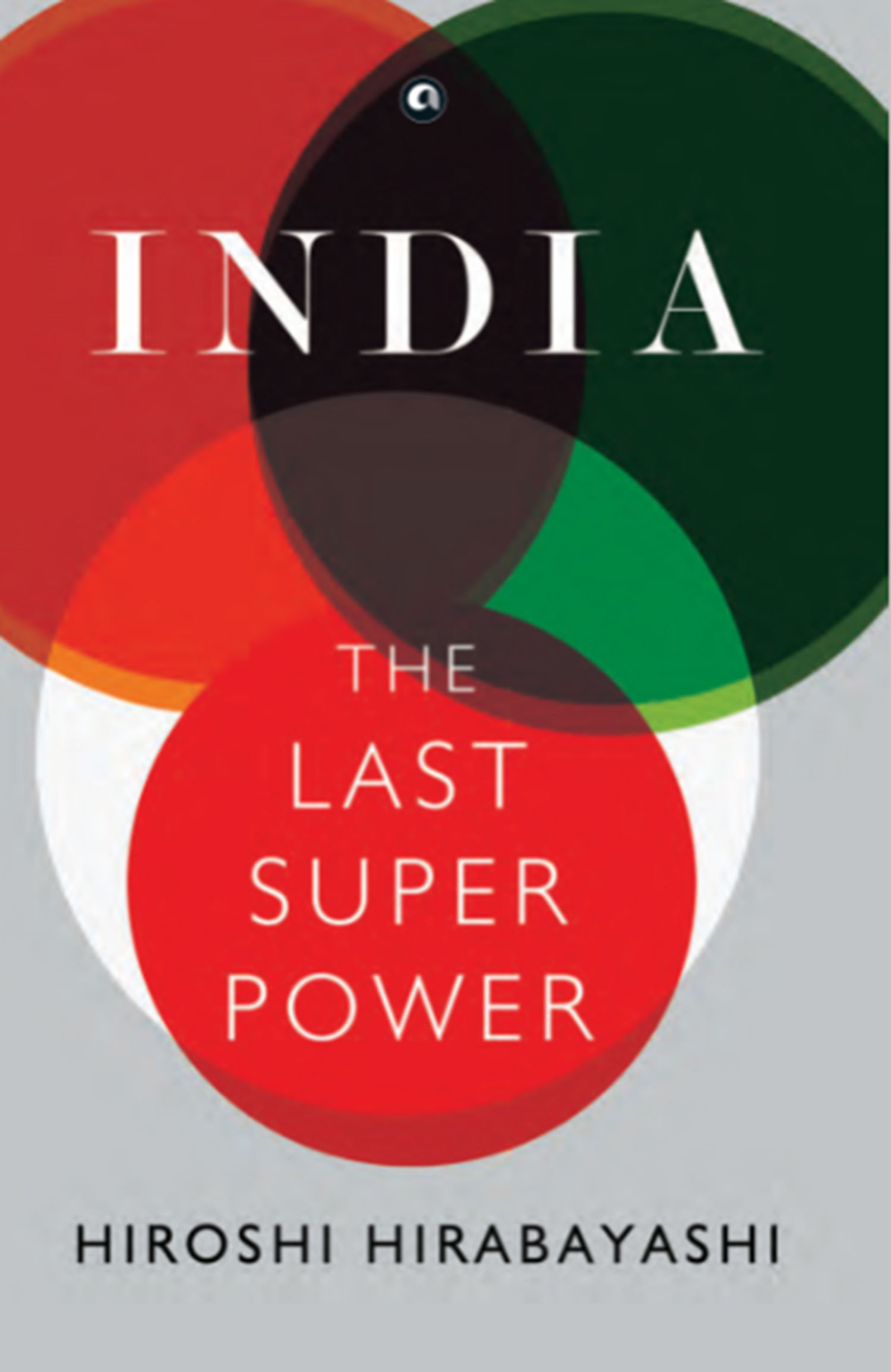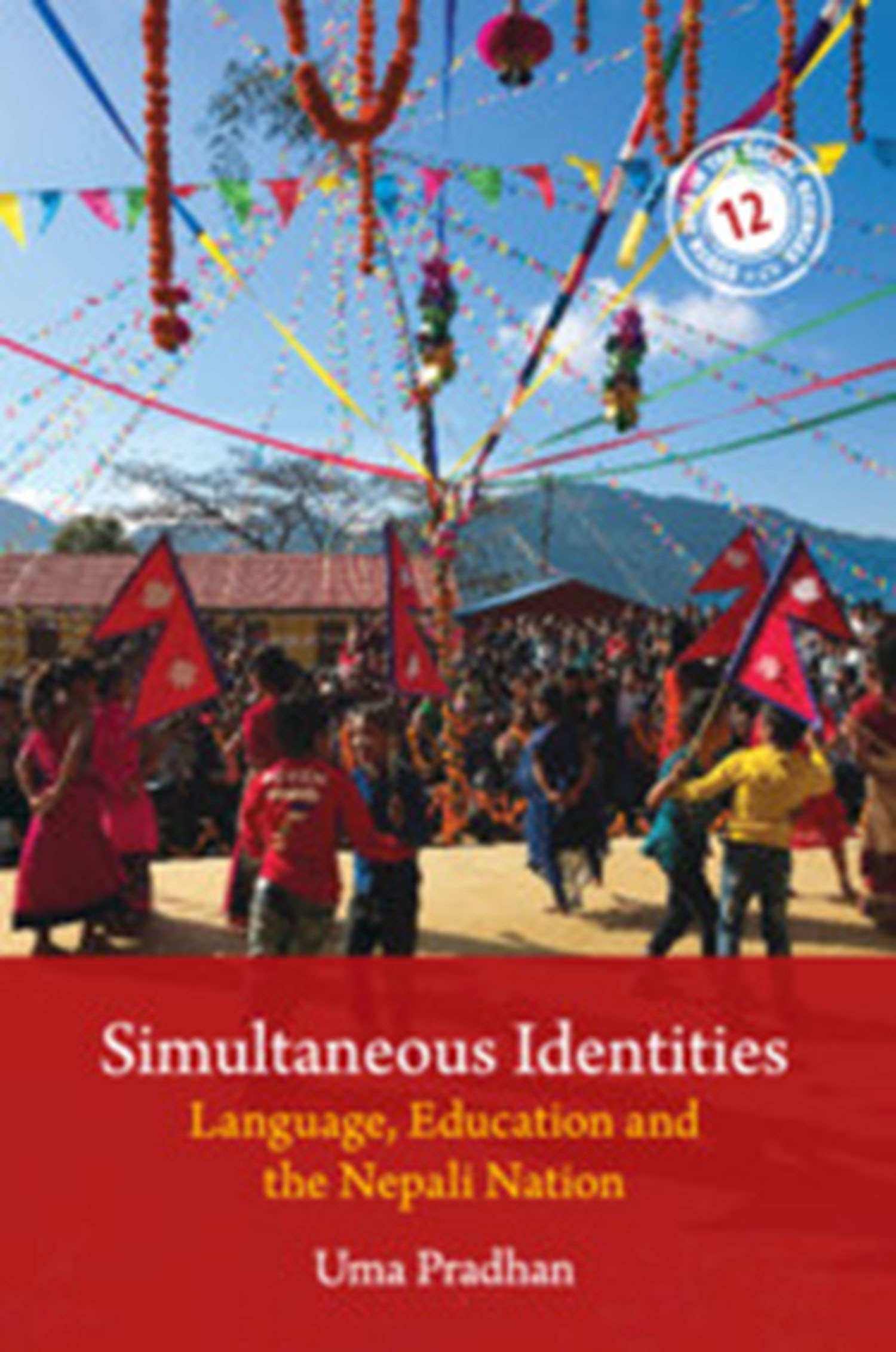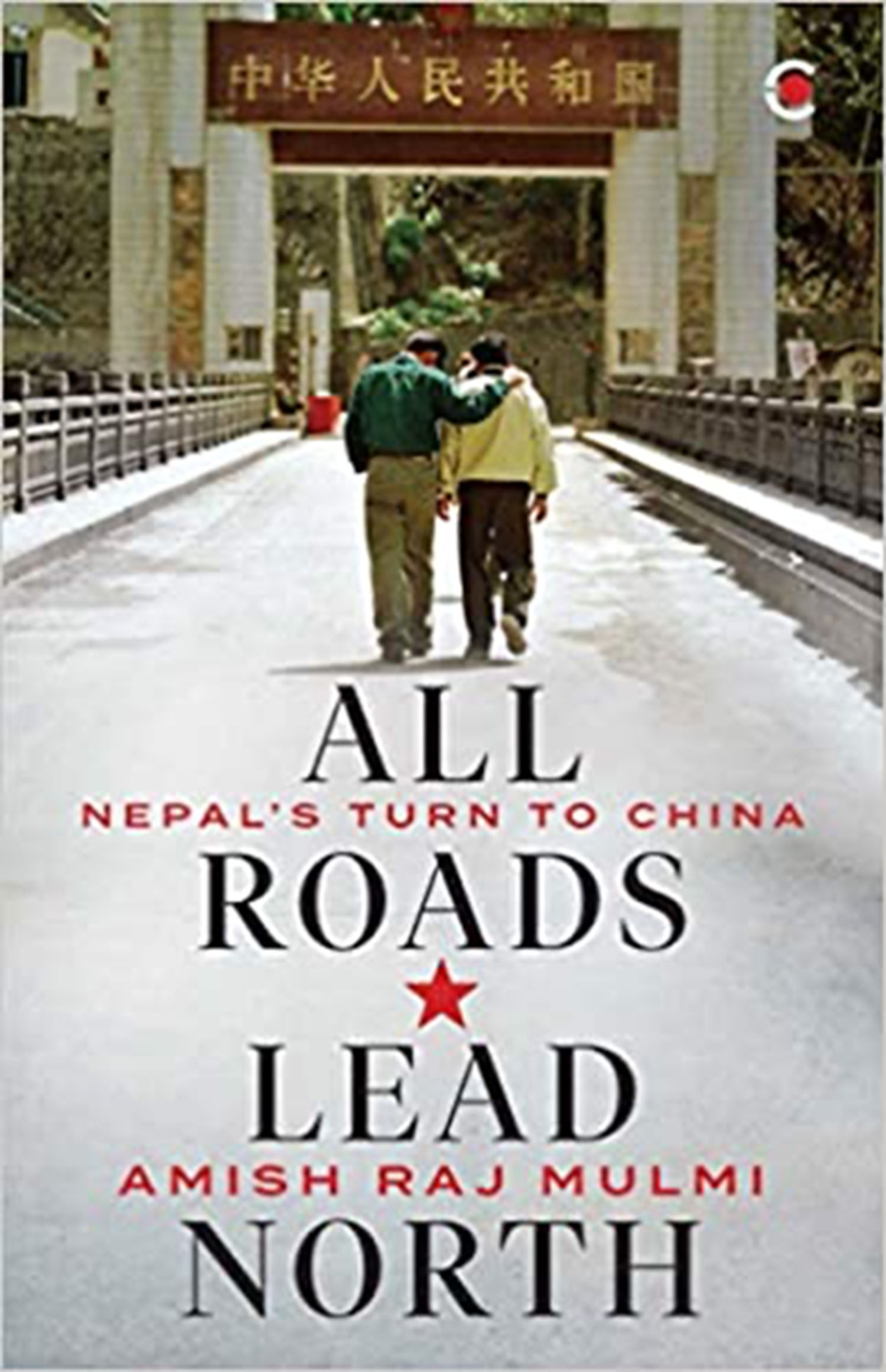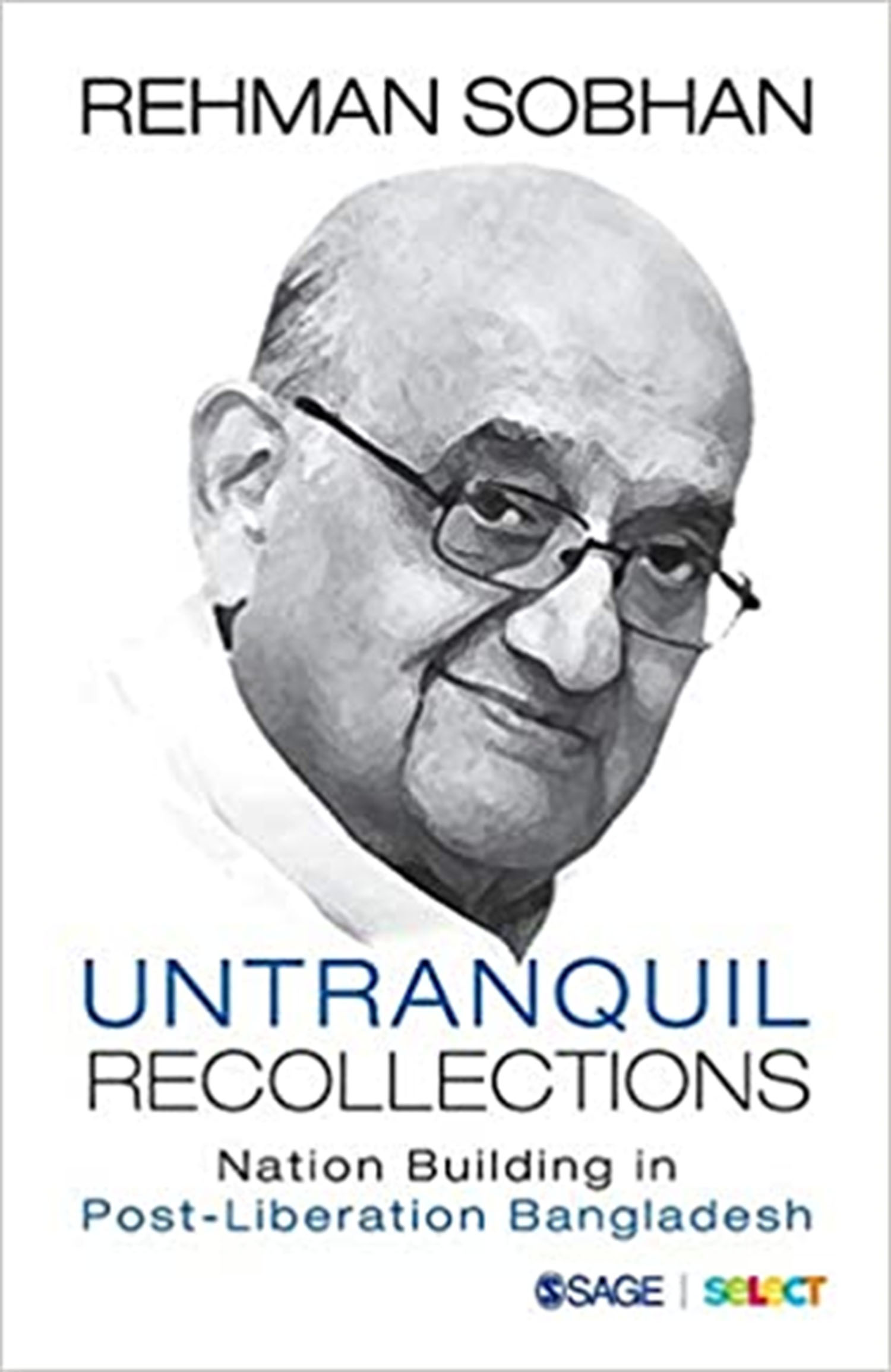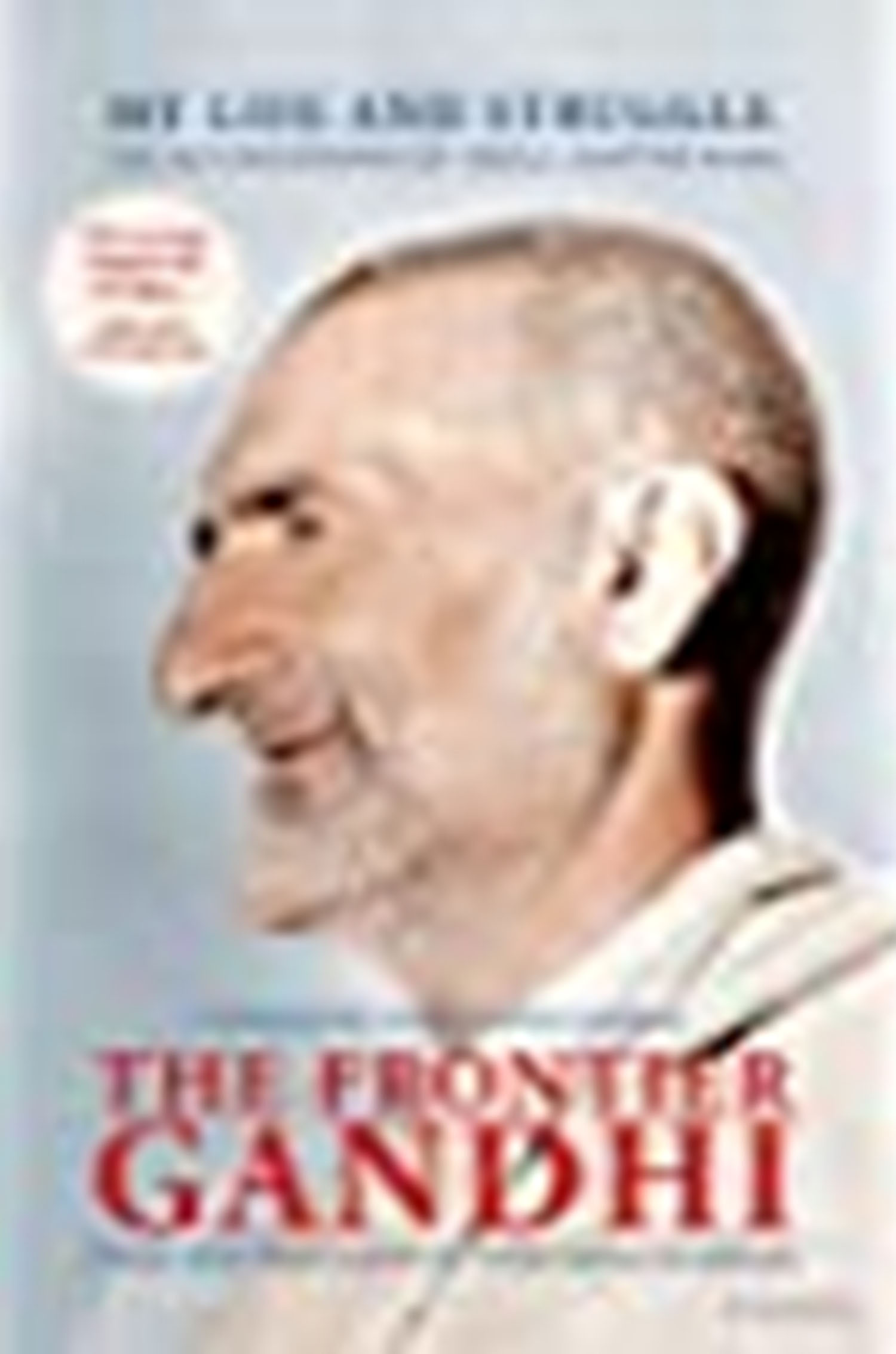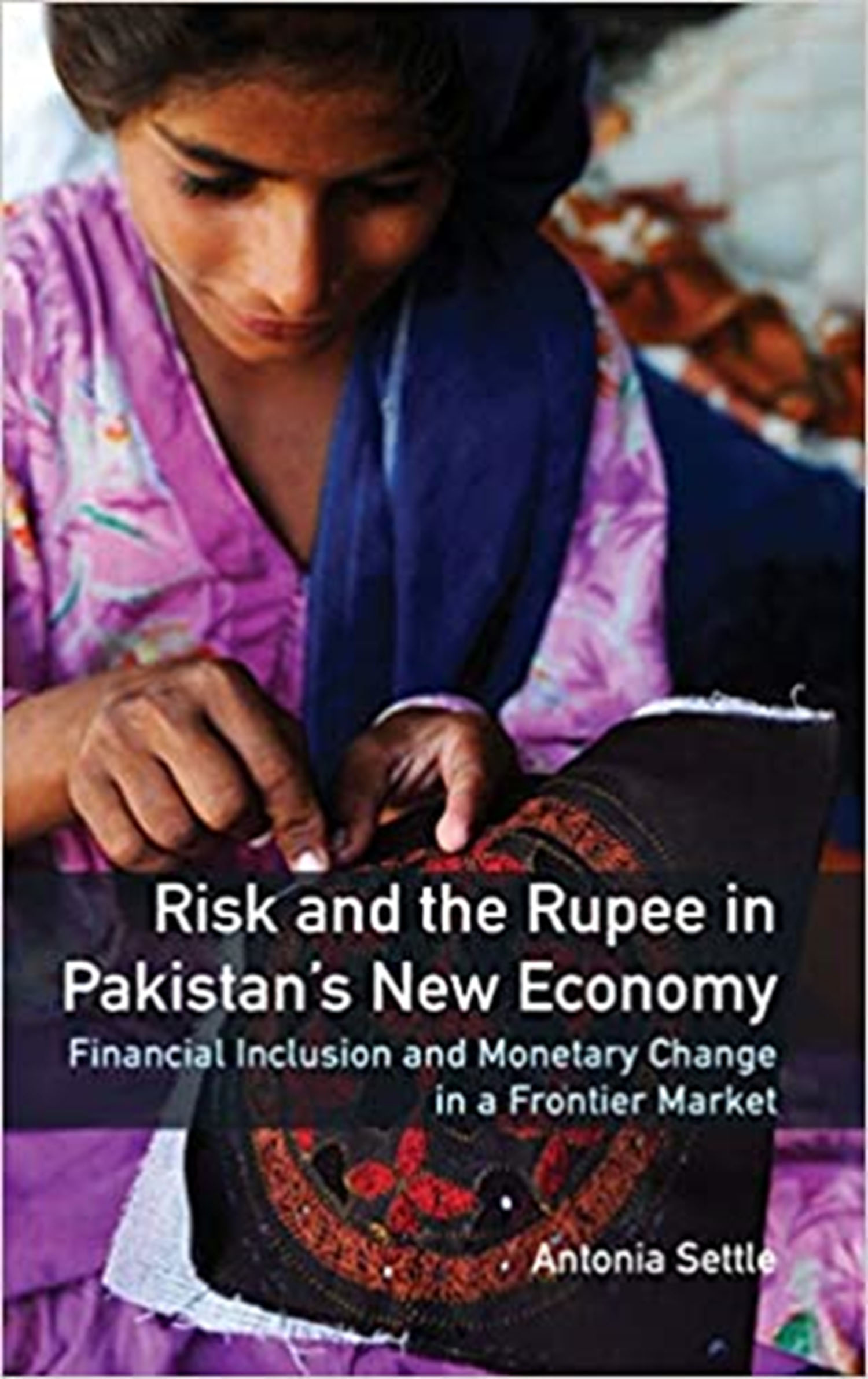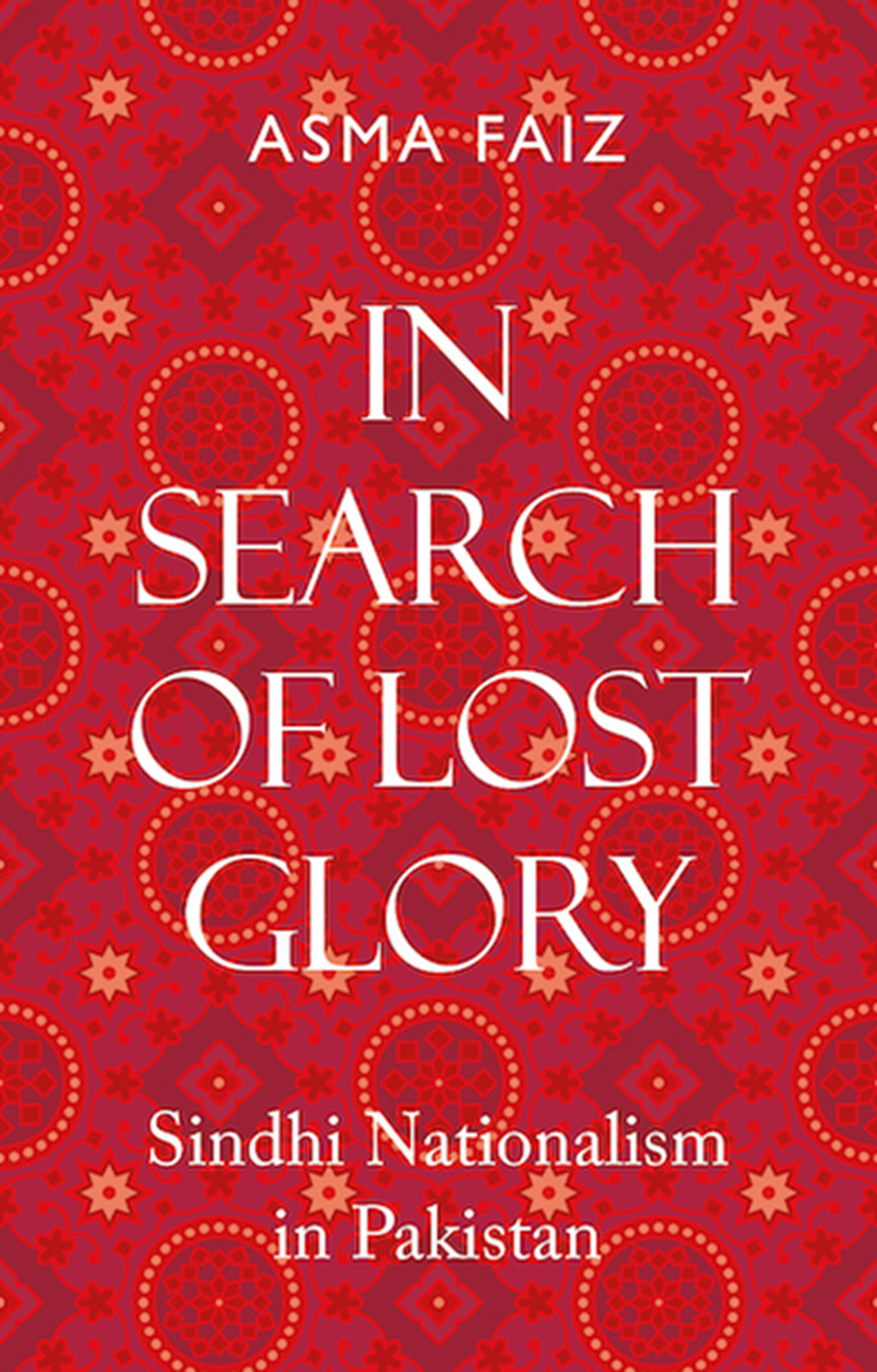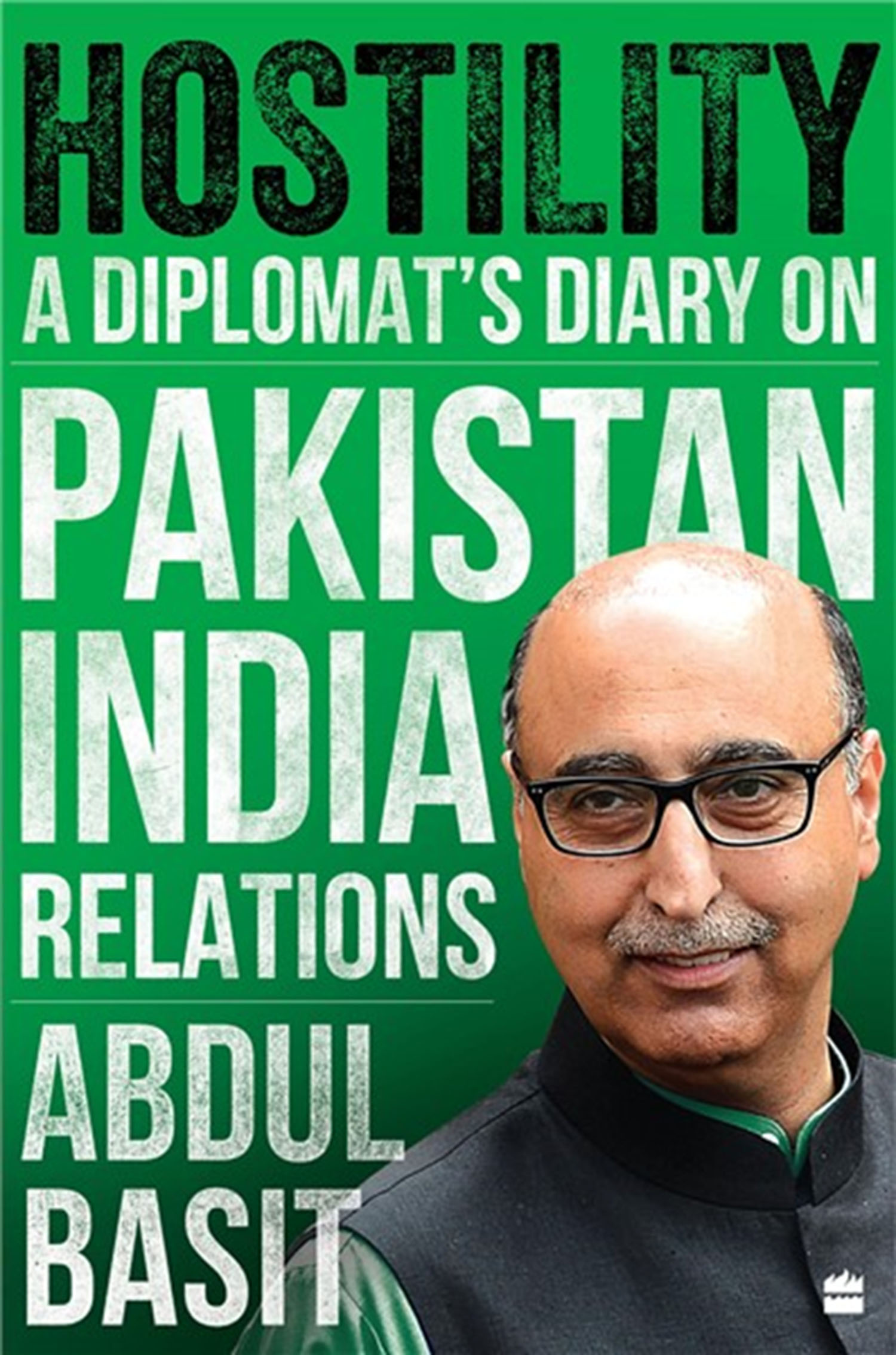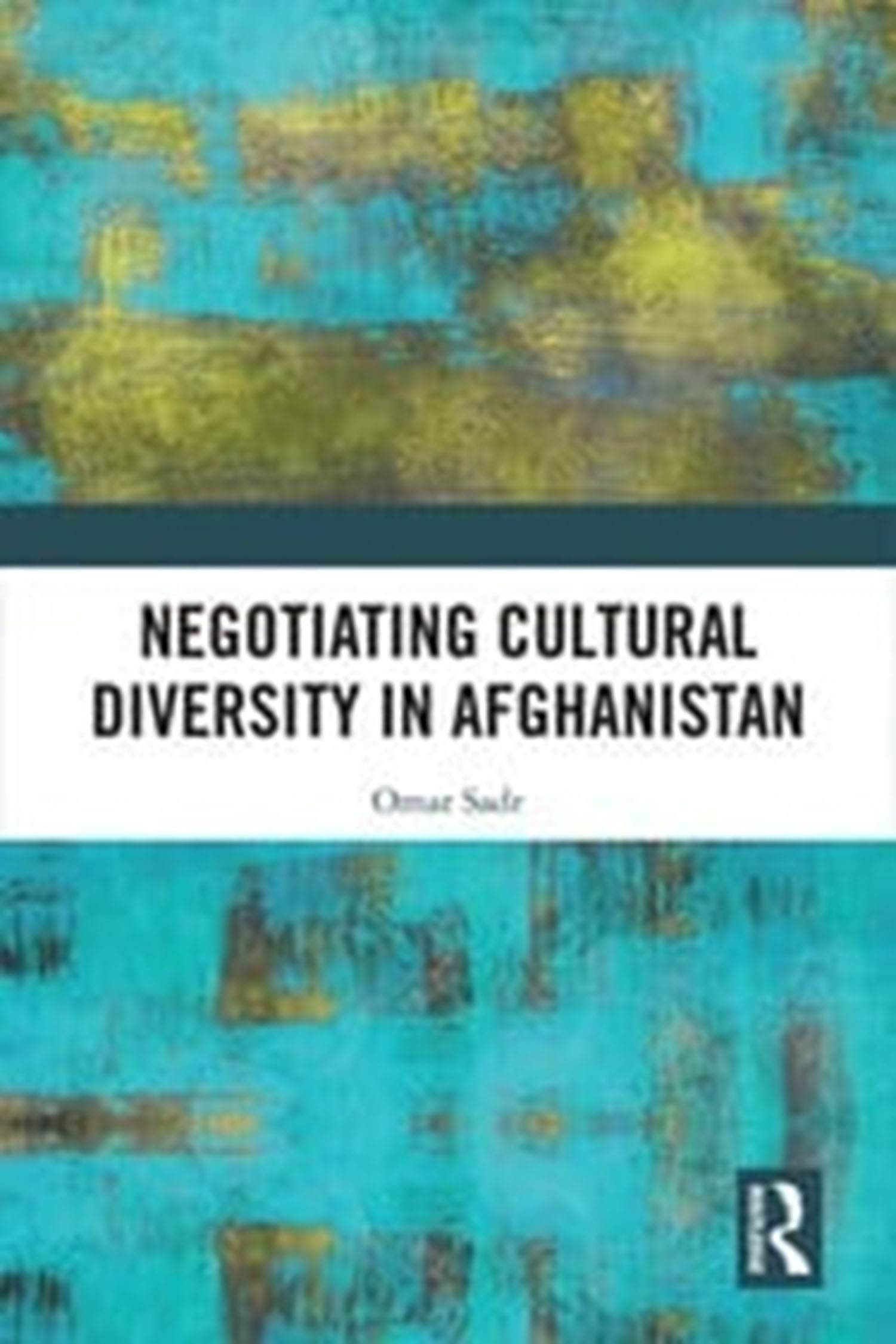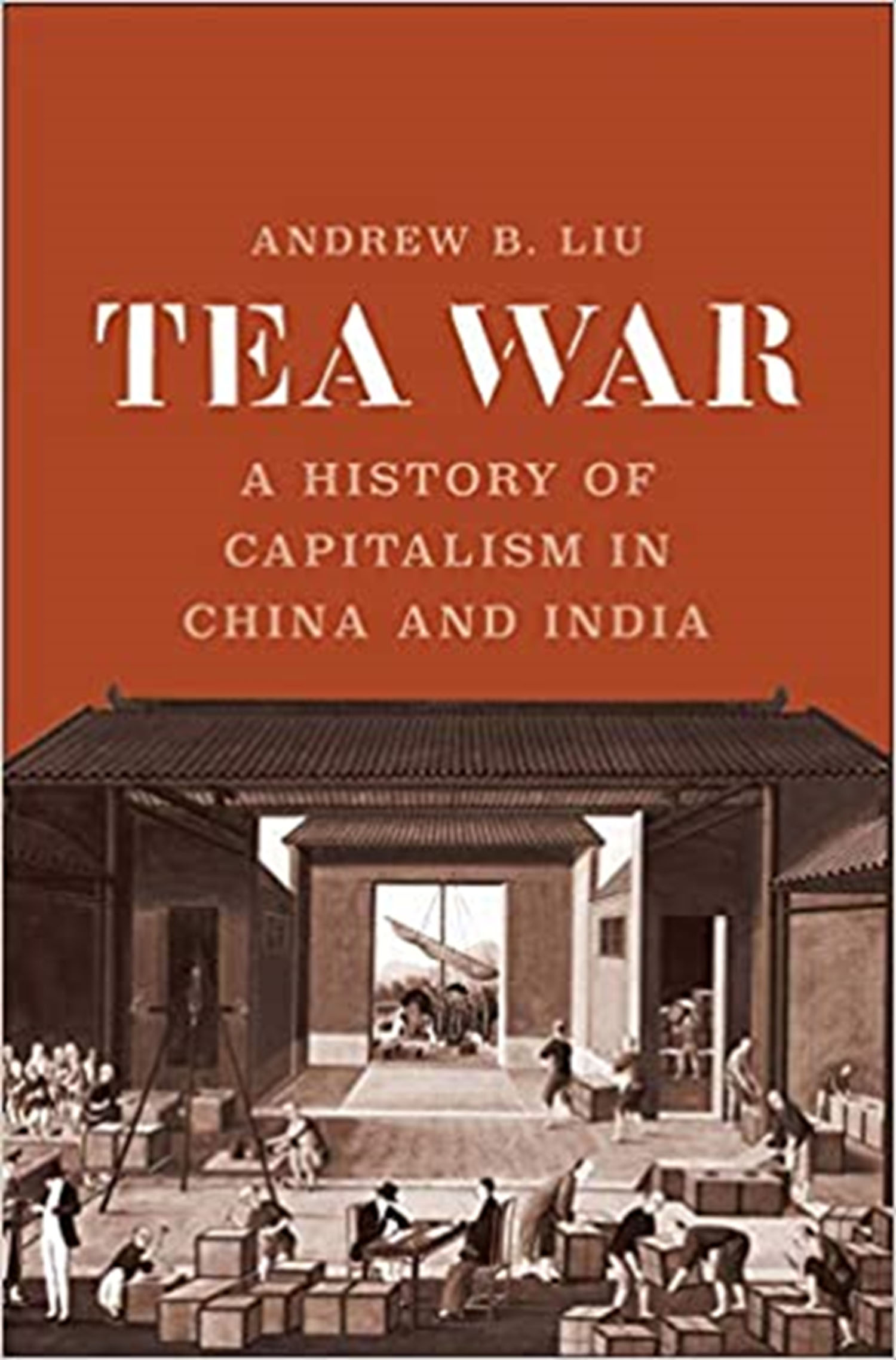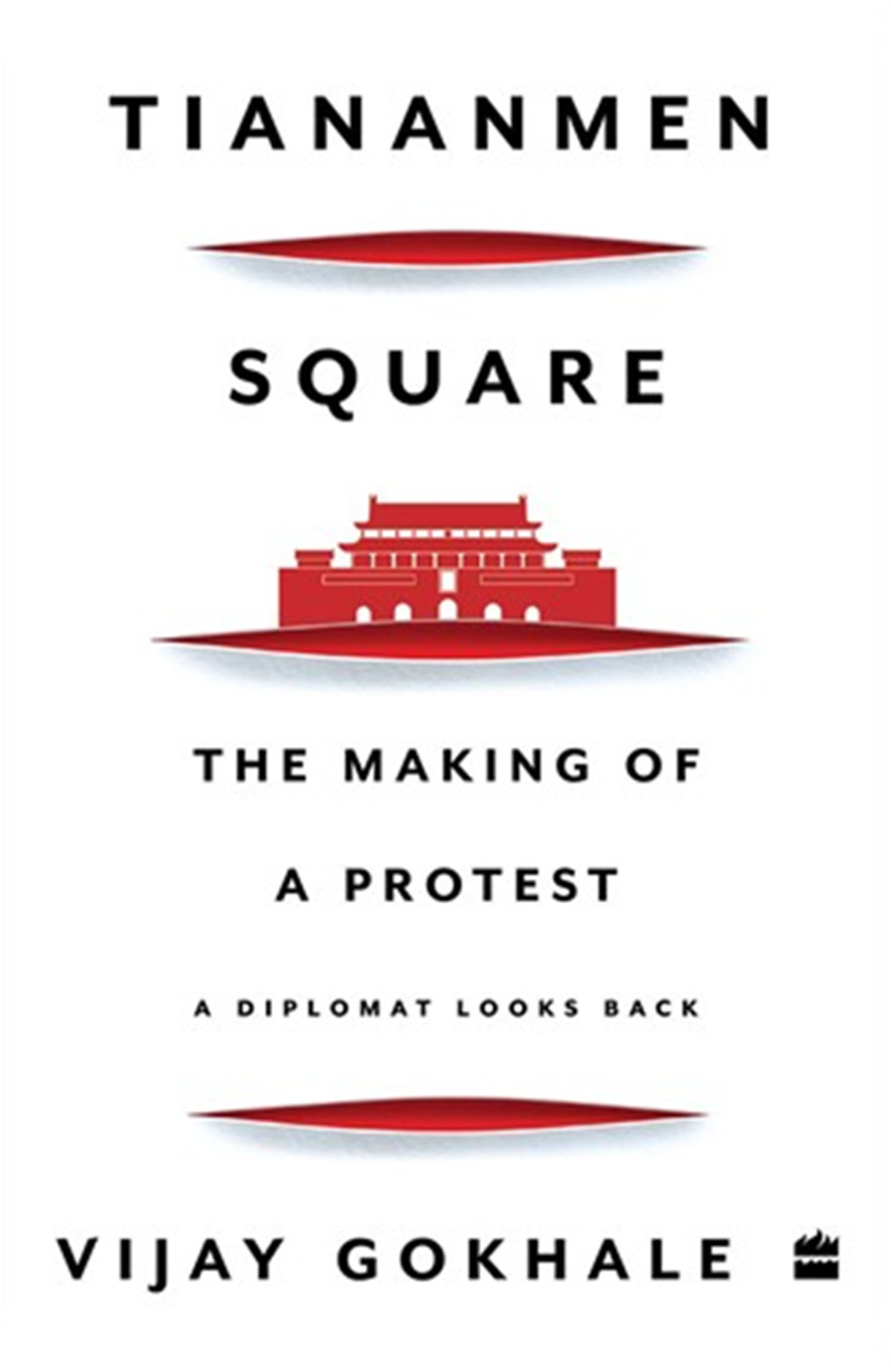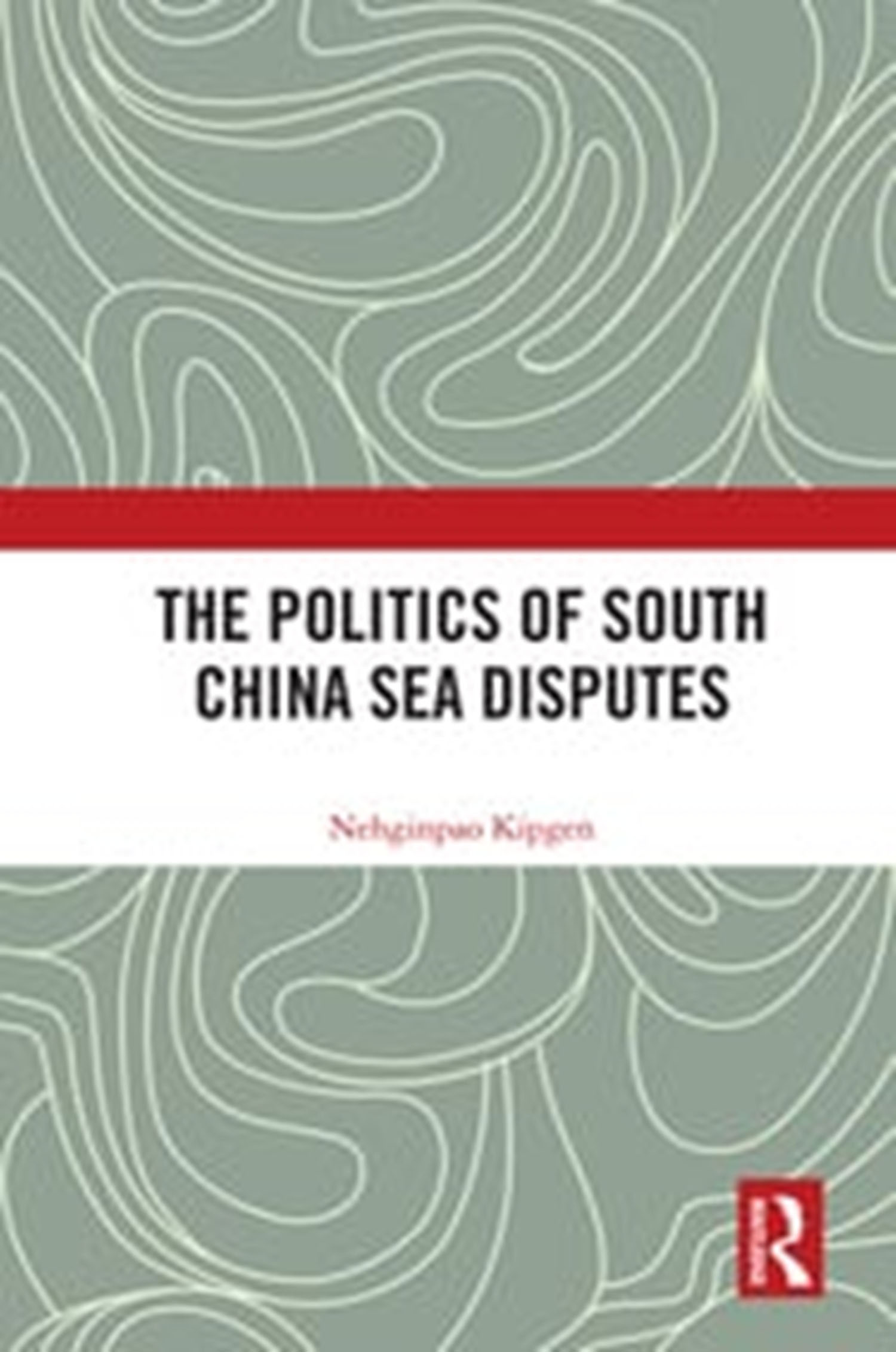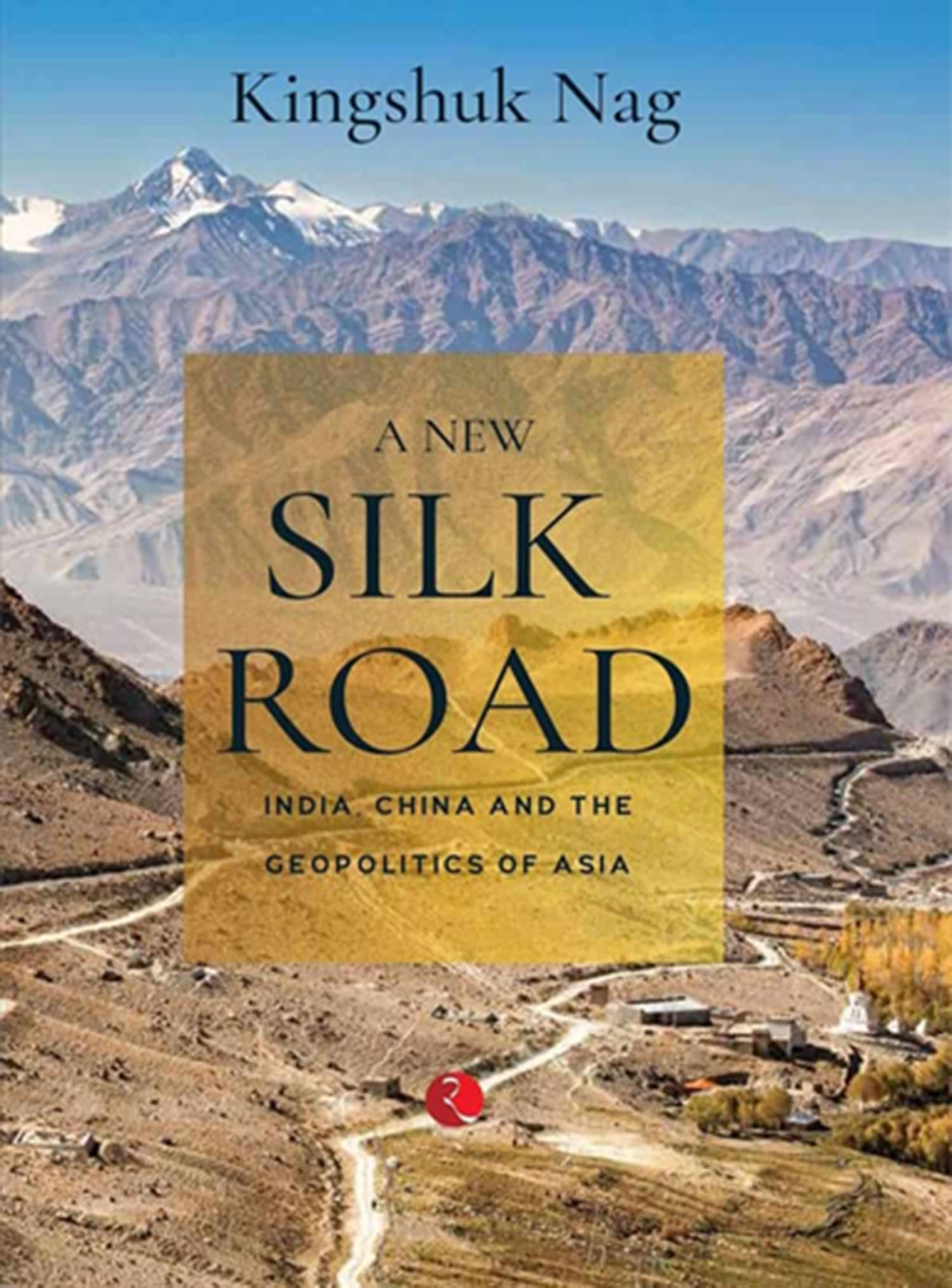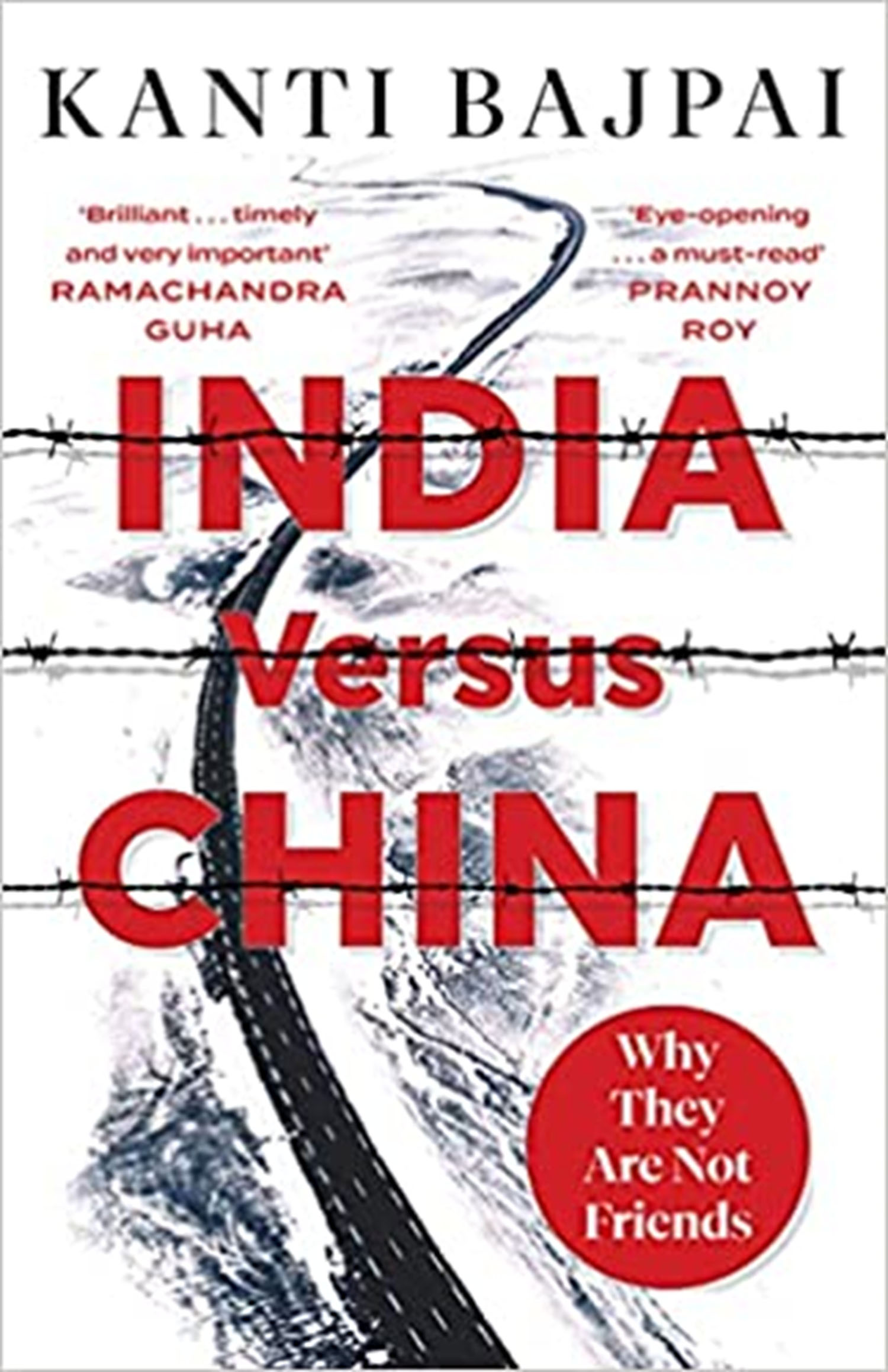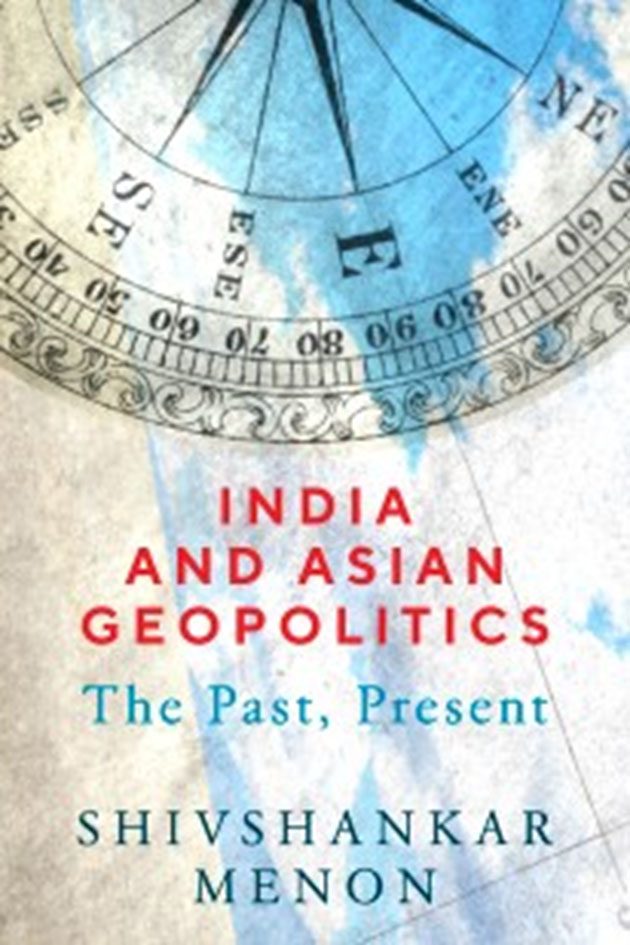Rohini Rana’s reminiscences of her life within one of Nepal’s most illustrious families conjure up images of plenty, of tables groaning under platters of food, of pomp and pageantry, glamour and royalty. The Rana Cookbook: Recipes from the Palaces of Nepal by Rohini Rana (28 years in the making, she writes), is less a cookbook…
Archives
September 2021 . VOLUME 45, NUMBER 9Picking up a book of poetry is a task I usually reserve for my lectures which requires an intellectual engagement with a purposeful end in mind. So with this book as well I had my resistance and fear on either side, ready for it to be replaced by my half read copy of Naomi Wolf’s The Beauty Myth. After all, shouldn’t women talk about feminism…
Krupa Ge’s debut novel is about making journeys. The journey of unravelling the truth, the journey is in time too, from the past to the present and back, especially through the letters written by the protagonist—Yamuna’s grandmother to her grandfather. It is a journey even in terms of geography, particularly between…
The Demoness is an anthology of short stories from Bangladesh, published in the fiftieth year of the country’s liberation. This selection, put together by Professor Niaz Zaman, and translated from the original Bangla by her and her team, is a deep sigh from within the heart of Bangladesh. The stories in the volumes…
Considered as a master in the art of writing short stories, Fakir Mohan Senapati (1843-1918) played a leading role in establishing a distinctive Odia identity and is considered to be the father of Odia nationalism and modern Odia literature. Told in the simplest terms, his short story ‘Rebati’ (1898) narrates the story…
Ritu Menon is among the pioneers of feminist publishing. Through Kali for Women which she co-founded with Urvashi Butalia in 1984, and later Women Unlimited of which Menon is the founder-director, she has provided a platform for women writers and new voices from South Asia, Palestine, Britain, Europe, America and other lands…
Jairam Ramesh and I have known each other since 1982. We are both Iyengars to boot. In those days he was trying his hand at free-lance journalism, writing articles on the economy. I was a full-time journalist and remained one. But Jairam, as we shall see in this book, has had as many careers as the subject of this book, Edwin Arnold…
The dramatic and intriguing cover of the volume under review catches one’s attention even before one registers the title. Two sassy and confident women, seemingly joined at the hip, stand facing opposite directions, one with headphones, eyes shut, most likely listening to music, one hand on a gramophone record…
Keshav Desiraju’s Of Gifted Voice: The Life and Art of M.S. Subbulakshmi, is a connoisseur’s delight. It brings her extraordinary life to us embedded in the detailed narrative of the intricate musical world and contemporary social history of the 1900s.Desiraju’s scholarship has sharpened the understanding of the music of Subbulakshmi and her times…
There is a famous photograph by photographer Roger Fenton of a barren field, on straining one’s eye you get to notice a few canon balls strewn in the foreground. This one believes is the first war photograph famously known as ‘Valley of Shadow of Death’. The image was made in 1855 when Fenton was sent from London to cover the Crimean War…
‘To assert that “Black Lives Matter” is to admit that they do not matter while maintaining that they should.’Nathalie Etoke, born in Paris to Cameroonian parents, and who has lived in France and later in the United States, occupies a unique position which allows her to deal with questions of race as also to argue against a tendency which ends up reducing the historical, political, cultural and social differences…
Tara Kaushal set out on a journalistic journey, interviewing nine men accused of rape and gang rape to analyse the psychological temperament of the rapist. The book is the roller coaster of emotions and a mentally intertwined journey on ‘Why Men Rape’. The commonly evident documentation of patriarchy…
Courting Desire: Litigating for Love in North India is a book that attempts very successfully to capture the nuances of change and contestations in Haryana through the lens of youthful desire and love that transgresses caste/gotra/religion and courts the legal process to gain societal acceptance and legitimacy…
In contemporary Indian and Pakistani societies, the question of the role of the woman in the nationalist scenario remains a vexed one. Ann McClintock observes about the role of the woman in the developing world, ‘Excluded from direct action as national citizens, women are subsumed symbolically into the national body politic as its boundary and metaphoric limit.’
First, a statement of conflict of interest: the author was my student during his MPhil programme at the Centre of Social Medicine and Community Health, Jawaharlal Nehru University, where I taught for more than three decades. I was not his PhD supervisor, but have been in touch with him, as all teachers do with their bright students…
The Braided River is an ambitious project, an account of the journey that the journalist took tracing the river Brahmaputra from its Indian origin in Arunachal to Bangladesh where it takes a new name and merges with the Ganga.Divided into three broad sections, the book gives a detailed account of not only the route that the longest river of India follows, but also the lives it makes and breaks…
Climate change is one of the most pressing crises facing humanity today, regardless of geographical boundaries. While the science of the crisis has been proliferating in journals and public forums for several decades now, it is only recently that scholars have begun to pay serious attention to the implications of this crisis for social sciences and humanities…
Essays collected in the volume under review underscore the seminal role of Ranabir Chakravarti’s scholarship in the study of the maritime history of Indian littorals in the pre-1500 CE period. His numerous research articles and lectures over the last few decades have brought the relatively neglected pre-1500…
Midnights symbolize the beginning of a new day; leaving behind yesterday and stepping into a new tomorrow. In her book, Suchitra Vijayan documents the stories of people she met over seven years while travelling along the borders of India that were chalked out one fine midnight, when the monsoon rains lashed the subcontinent…
With a few honourable exceptions like Srinath Raghavan, Sushant Singh, Ajai Shukla, or Kallol Banerjee’s recent narration of Operation Cactus, chronicles about the military expeditions undertaken by the Indian armed forces are few and far in between. Arjun Subramaniam’s first book India’s Wars: A Military History, 1947-1971 was an attempt to seal this gap…
Popular and academic discourses on Northeast India have for long been centred around the themes of conflicts, ethnicity and insurgency. This is not surprising given that the region has been seen as a ‘troubled periphery’ marked by ‘durable disorder’. Seen against this backdrop, the book under review marks a significant…f
Narratives about lives popularly regarded as successful or marked by significant achievements, written by celebrities or eminent public figures, have always been eagerly received by a wider reading public. However, writings by those at the margins have visibly toppled the conventions of this genre in the twentieth century…
Reverence for the Prophet of Islam through an affirmation of his exceptionality has a contested legacy and an emotional salience that has captured the imagination of the political landscape of South Asia. Recently, the National Assembly of Pakistan was pressed to debate its infamous blasphemous laws in the context of the demand…
In recent times there have been several challenges to the use of theories that have been developed to investigate Euro-American societies, for understanding South Asian realities. Many of these challenges have emerged within the social science disciplines of sociology, social anthropology and political science…
The book under review serves as a ready description of ‘Brand New India’ in both economic and cultural terms. The earlier binaries of core/periphery, developed/developing, poor/rich are discarded to define the new India, which is more prosperous, mobile and enterprising. To redefine global capitalism, the author brings in the politics…
Over the last decade or so, there has been a remarkable expansion of scholarly interest in the rise of public and private forms of violence in democracies across the world, including India. One major reason for this attention is the concern that ‘toleration or encouragement’ of violence is often considered to be a ‘precursor of democratic breakdown…
Professor Nyla Khan’s newest book is a call to action: action formulated in a deep consciousness of understanding and caring. Composed out of her own experience and care for the peoples of Jammu and Kashmir and their trauma of insurgency and of the new, native nationalism of India…
The very title of the book—India: The Last Super Power–is intriguing. It is one of the few works by a foreigner that places India at the centre of global politics. Hiroshi Hirabayashi, a veteran Japanese diplomat, is highly hopeful of India joining the existing list of leading world powers: US, Russia and China. Once it joins…
Simultaneous Identities: Language, Education and the Nepali Nation (2020) comes at a time when education stands at a critical juncture in South Asia. As educational inequalities become the centre of analyses in the post-pandemic world, this book reminds us of the need to build a comprehensive understanding of educational practices…
Amish Raj Mulmi’s All Roads Lead North: Nepal’s Turn to China is a fresh breeze. It is based on his extensive travels in Nepal, formal interviews, relaxed and spontaneous chats, and first-hand observations of geography and experiences at Nepal’s northern border during the travels. Yet, this reportage is not simply a travelogue…
Economist and freedom fighter Rehman Sobhan is a unique personality who has helped shape the course of contemporary history in the subcontinent. A brilliant man and a friend and contemporary of former Indian Prime Minister Manmohan Singh and Nobel laureate Amartya Sen, the second volume of his memoirs which deals with the early days of the founding of Bangladesh…
This is an autobiography of Khan Abdul Ghaffar Khan based on a 1983 text written by him in Pukhto. An earlier 1969 account, also translated and published in English, was deemed incomplete by Bacha Khan and he therefore wrote a more complete account which is now available to a non-Pukhto knowing readership…
The book under review examines financial inclusion and monetary change in Pakistan, where liberalization of money and markets was initiated in the last few decades. Pakistan had been a low-inflation economy until liberalization and had for many decades maintained both fixed exchange rates and fixed pricing. However…
Asma Faiz’s excellent book on Sindhi nationalism fills a much needed gap on ethnicity and ethnic conflict in Pakistan. Works on ethnicity in Pakistan—both research articles and books—have focused on providing a more general outline of ethnic conflict and movements including that of Tahir Amin, Adeel Khan, Mehtab Ali Shah or have focused more…
Abdul Basit’s book consistently shows that he eschewed the role of an envoy during his assignment in India; instead, becoming a rigid zealot, he became a bone stuck in the throat of his government. An elected and secure government would have reassigned him quickly enough. That Prime Minister Nawaz Sharif did not do so was on account of Pakistan’s…
Amid the forest of debates about the relations between history and biography one line of disputation stands out, that between the promoters and detractors of the Great Man Theory. Thomas Carlyle, the 19th century Scottish historian was its most well known promoter; he famously said that the history of the world is but the biography of great men…
In the nineteenth century, the Wuyi Mountains in northwest Fujian emerged as a key centre of China’s famed tea industry. Located in the mountain cliffs were more than a hundred factories producing a global commodity that had become integral to the country’s economic fortunes. The factories were maintained by merchants based in the market town of Chongan…
In school, I had always noticed ‘China (Tibet)’ or ‘Tibet (China)’ on maps showing India’s borders and wondered why no one talked about it, why the fuss was always about Pakistan. And in those days there really were not too many places to go looking for information either. So when the ‘Tiananmen Incident’ of June 4, 1989 happened in China…
The South China Sea is a semi-enclosed area measuring 3.6 million square kilometres in the Pacific Ocean. It spreads from the Straits of Malacca and Karimata to Taiwan Straits and is bordered in the north by China and Taiwan, the Philippines in the East, Brunei and Malaysia in the south, and Vietnam in the West. It contains numerous islands…
The rapid deterioration of China’s relations with India over the past year has generated voluminous literature. Kingshuk Nag’s contribution to this body of work, A New Silk Road is an excellent primer on the India-China bilateral relationship. Nag takes a very hawkish position throughout this book and perceives China…
China is arguably India’s most important bilateral relationship and its foremost foreign and security policy challenge. India-China ties are complex and fraught. Kanti Bajpai presents these in an accessible way. His analysis, based on years of research and thinking, is refined and expressed lucidly. The conclusions he draws are stark and maybe disagreeable…
Pan-Asianism is a general term used to describe a wide range of ideas and movements that called for the solidarity of Asian peoples to counter western influences in the late nineteenth and early twentieth centuries. The concept of Pan-Asianism first emerged in Japan sometime in the late 19th century. The movement gained wider acceptance following the defeat of Russia in the Russo-Japanese War (1904–1905).
Those who have read Shivshankar Menon’s first book, Choices, would be familiar with his sharp analytical skills and ability to cut through a mass of disparate detail to focus on underlying patterns that tell a coherent story. Choices pegged its learnings from a set of specific events in which he himself was involved as a practitioner…

